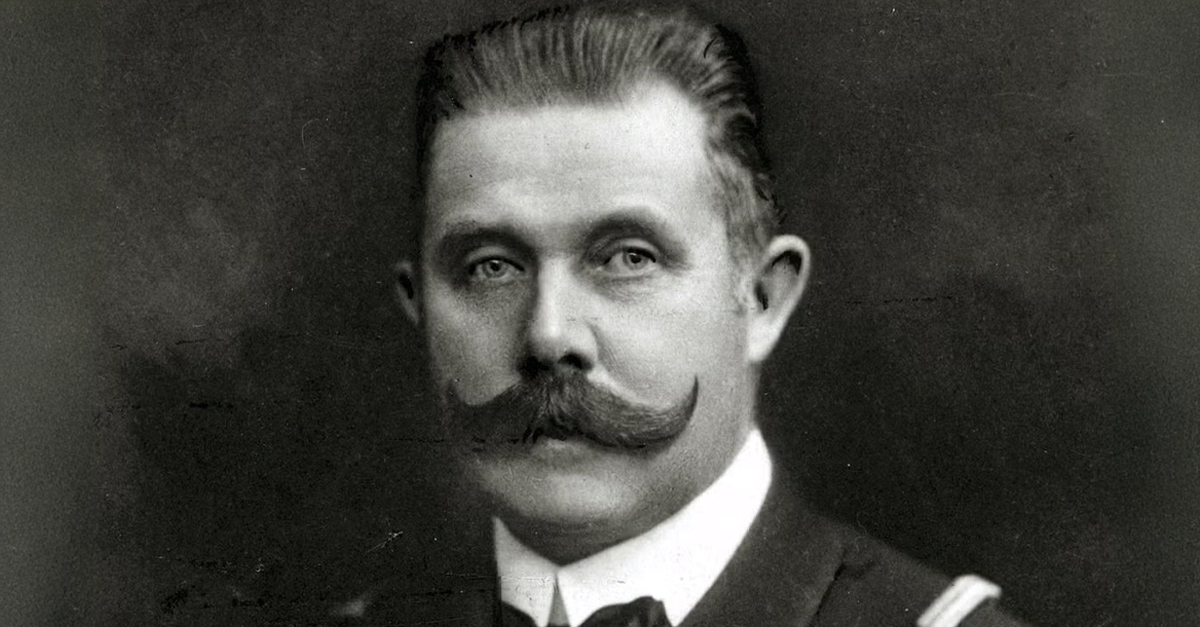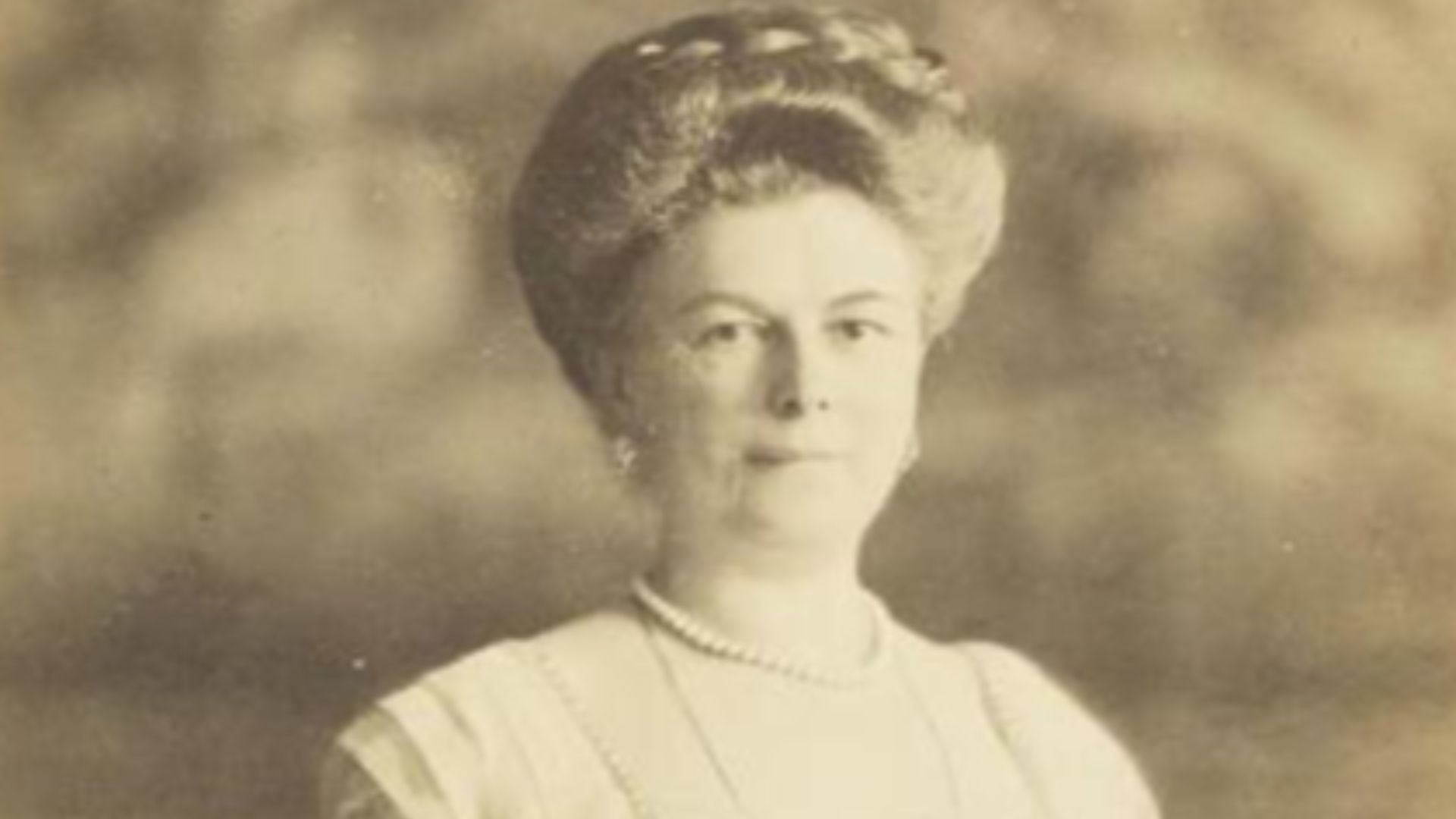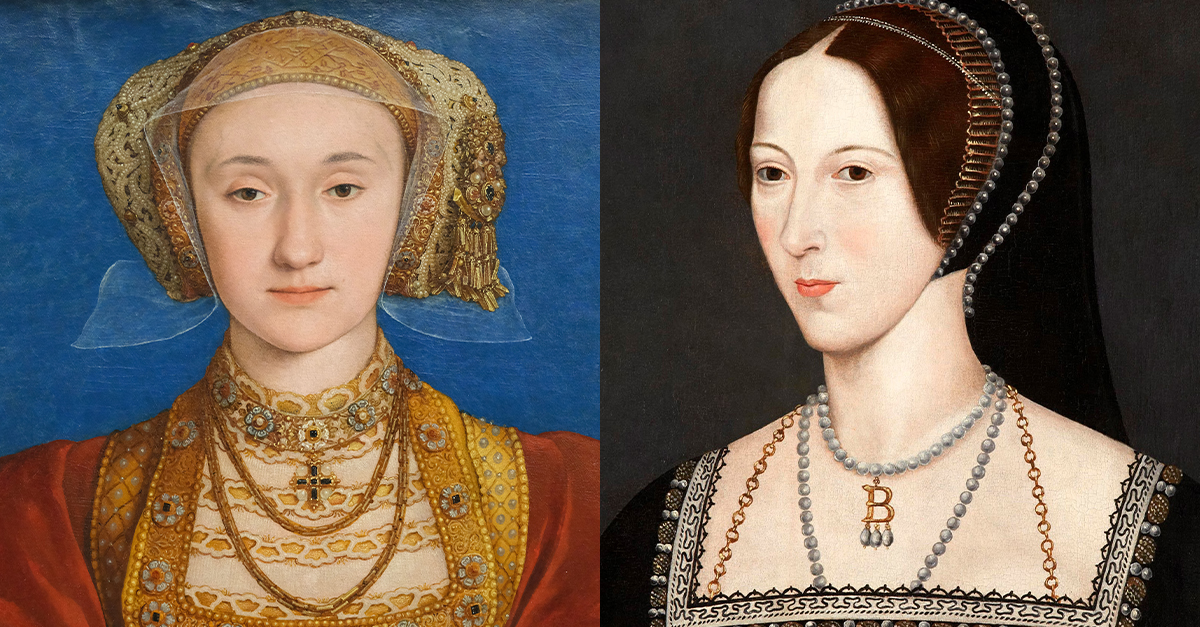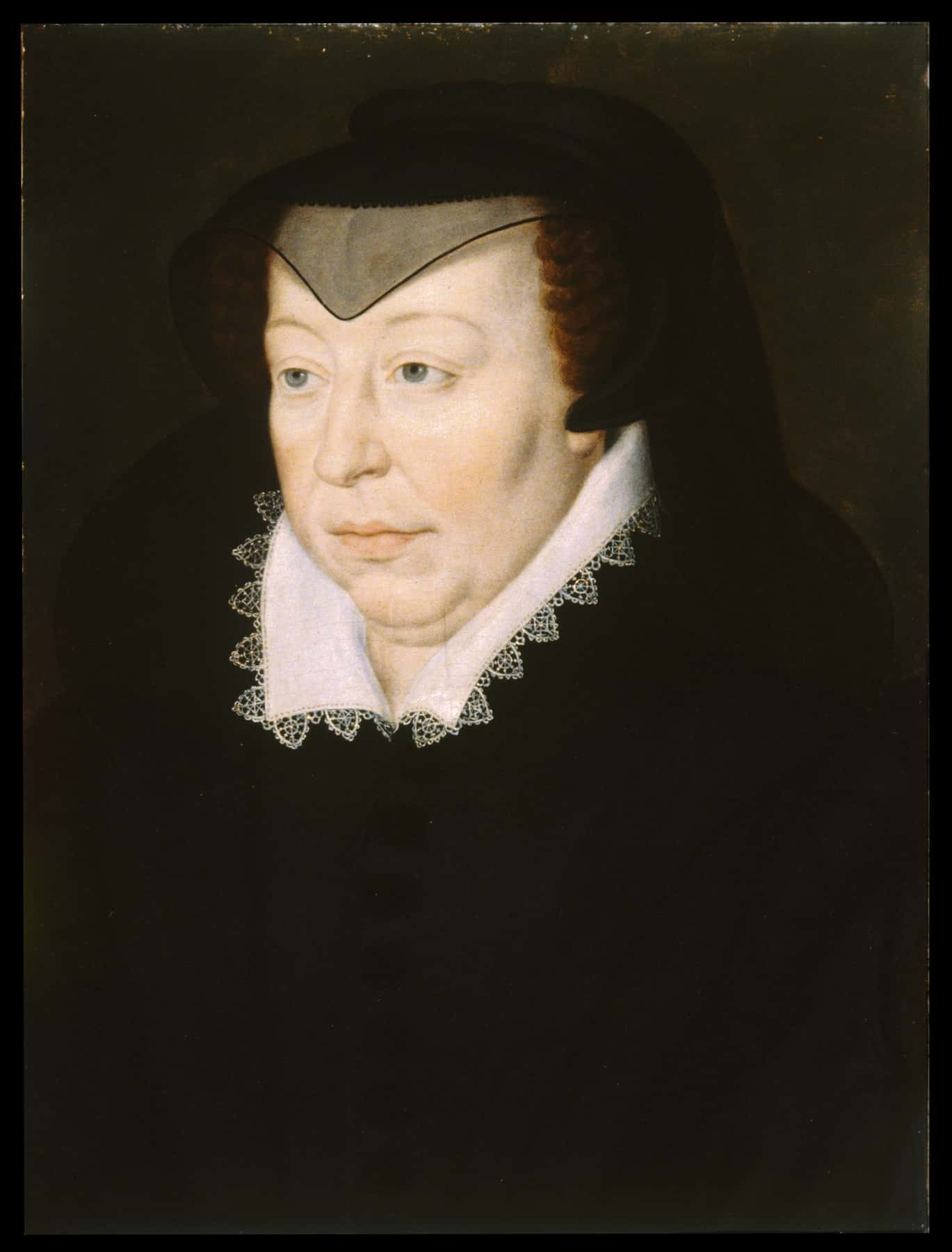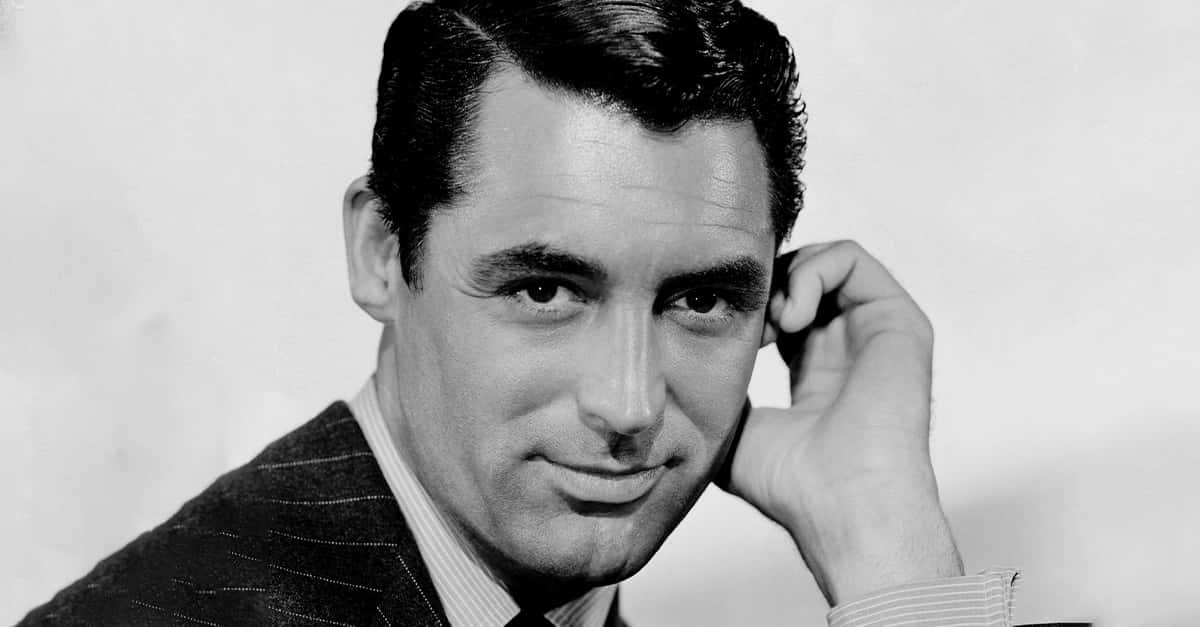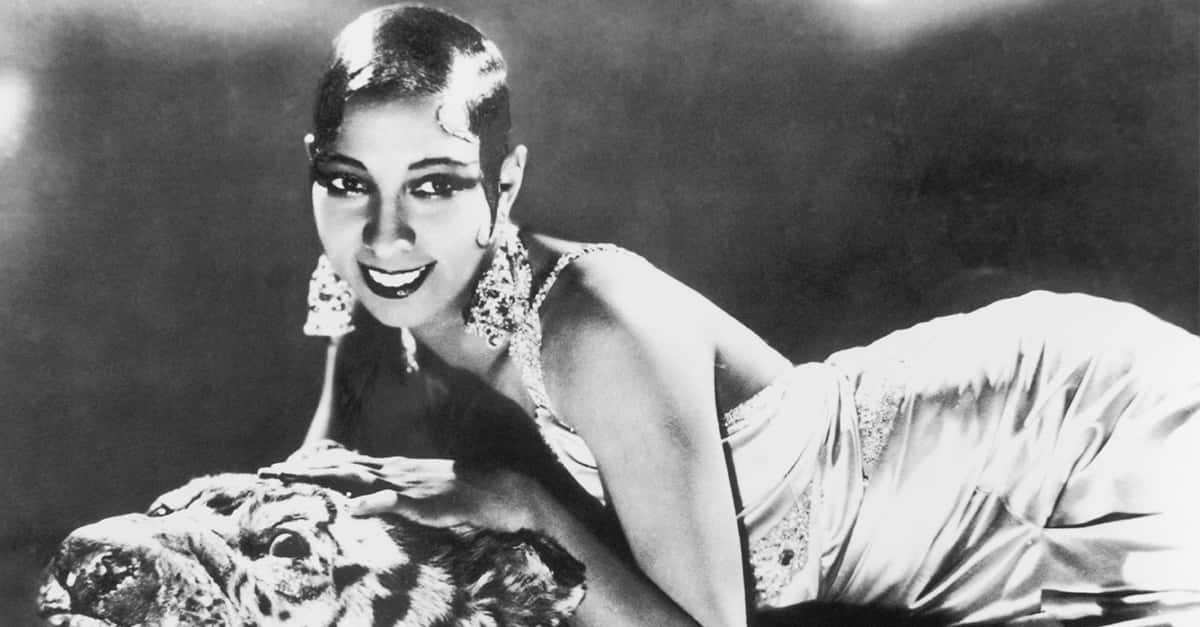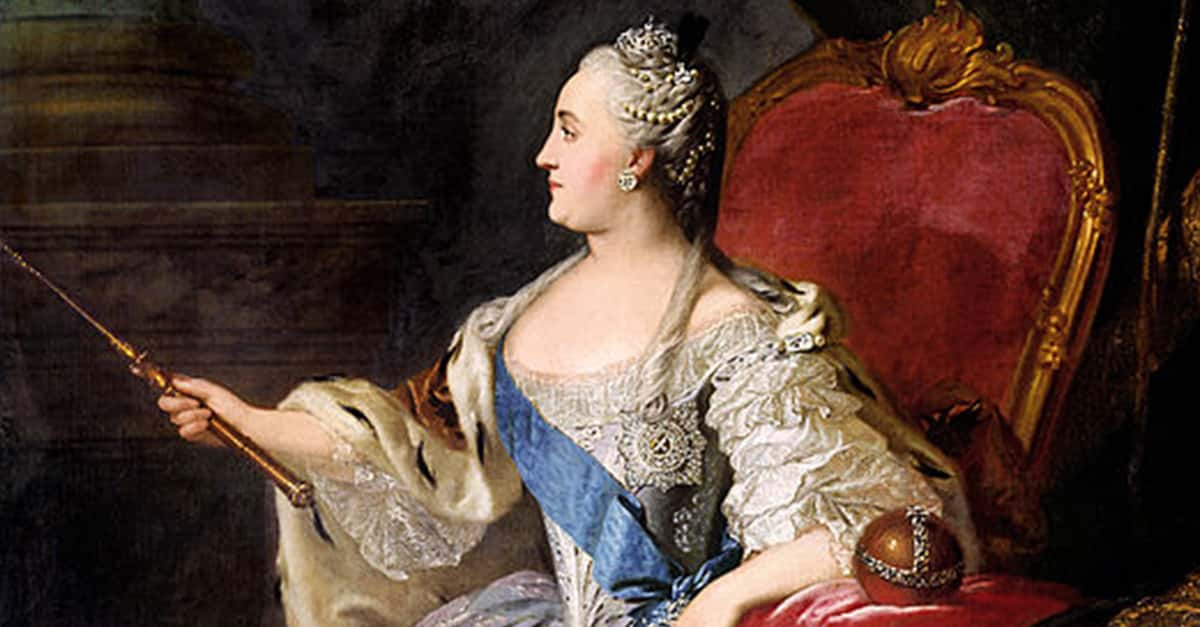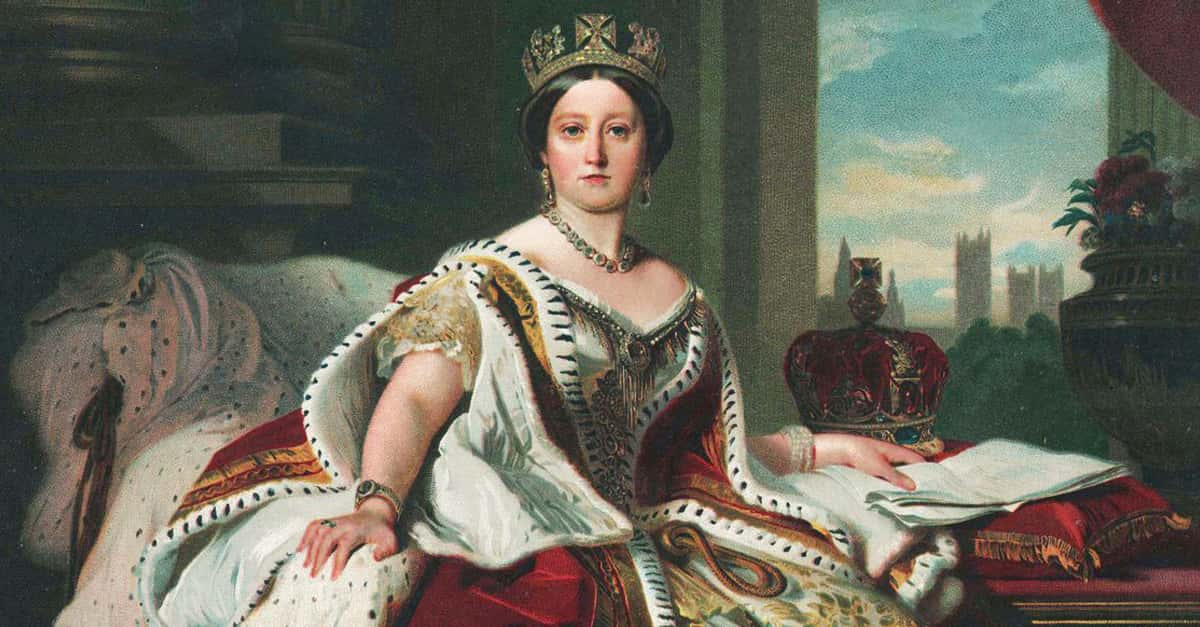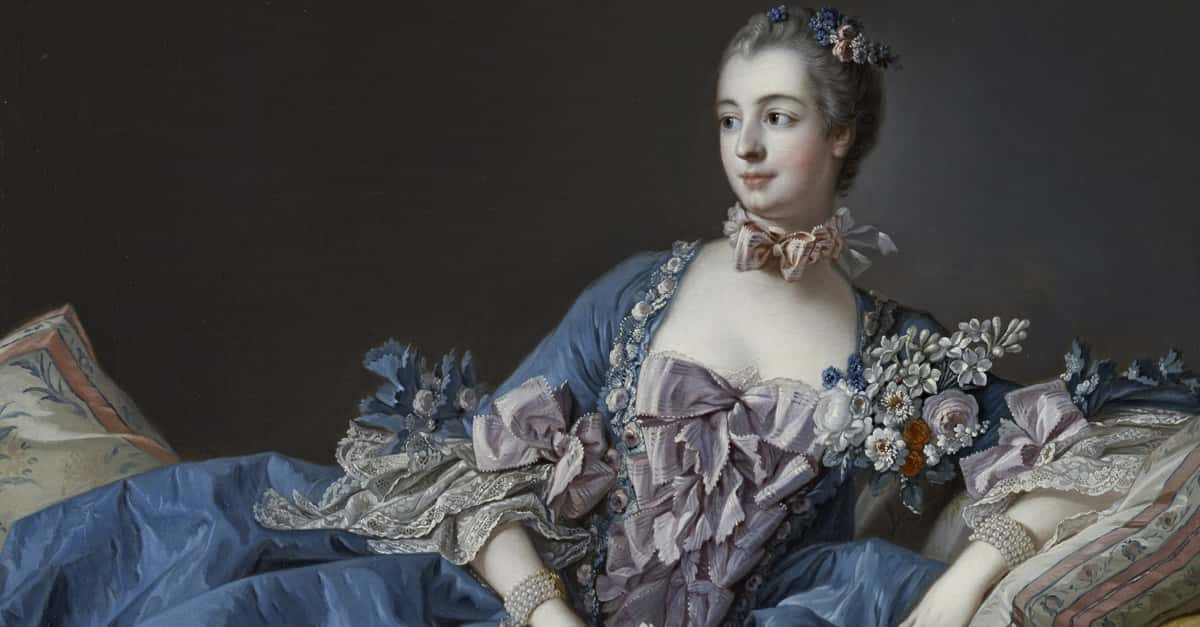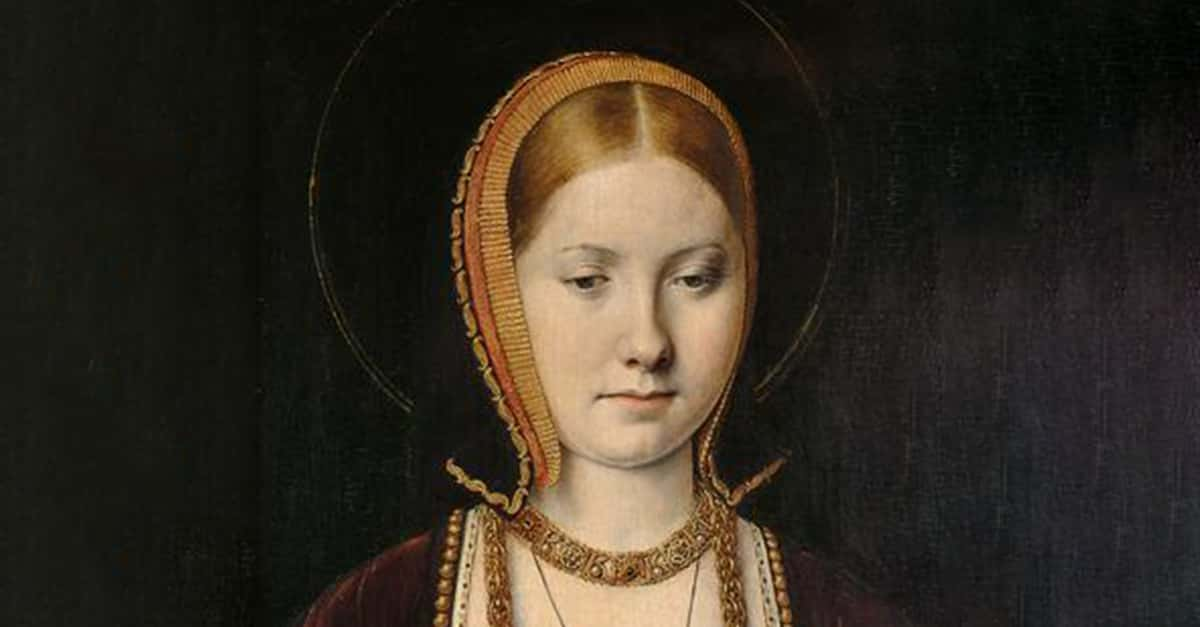The Shot Heard Around The World
Archduke Franz Ferdinand of Austria, a prominent member of the Habsburg dynasty, was heir to the Austro-Hungarian throne before his life was cut short, the catalyst for a chain of events that threw the entire continent into chaos.
But even before he altered the course of history, the Archduke’s life had already been more than dramatic enough to make the history books.
1. He Was Not Born To Rule
Franz Ferdinand was born on December 18, 1863, in Graz, Austria. He was the eldest son of Archduke Karl Ludwig of Austria, and nephew to the reigning Emperor Franz Joseph. The emperor’s son, and Franz’s cousin, the Crown Prince Rudolf, was heir to the throne, meaning Franz was destined for a pampered life as a peripheral royal figure.
But he began to climb the ladder of succession, nonetheless.
2. He Became A Duke
In 1875, Franz’s cousin, Francis V, Duke of Modena, met a tragically untimely demise at the age of just 13. Knowing his end was coming due to illness, Francis agreed to name Franz his heir, on the condition that he add “Este” to his name to honor his cousin’s dynastic bloodline.
Franz was more than happy to oblige, becoming Duke of Modena at just 11 years old. But the title was not his only prize.
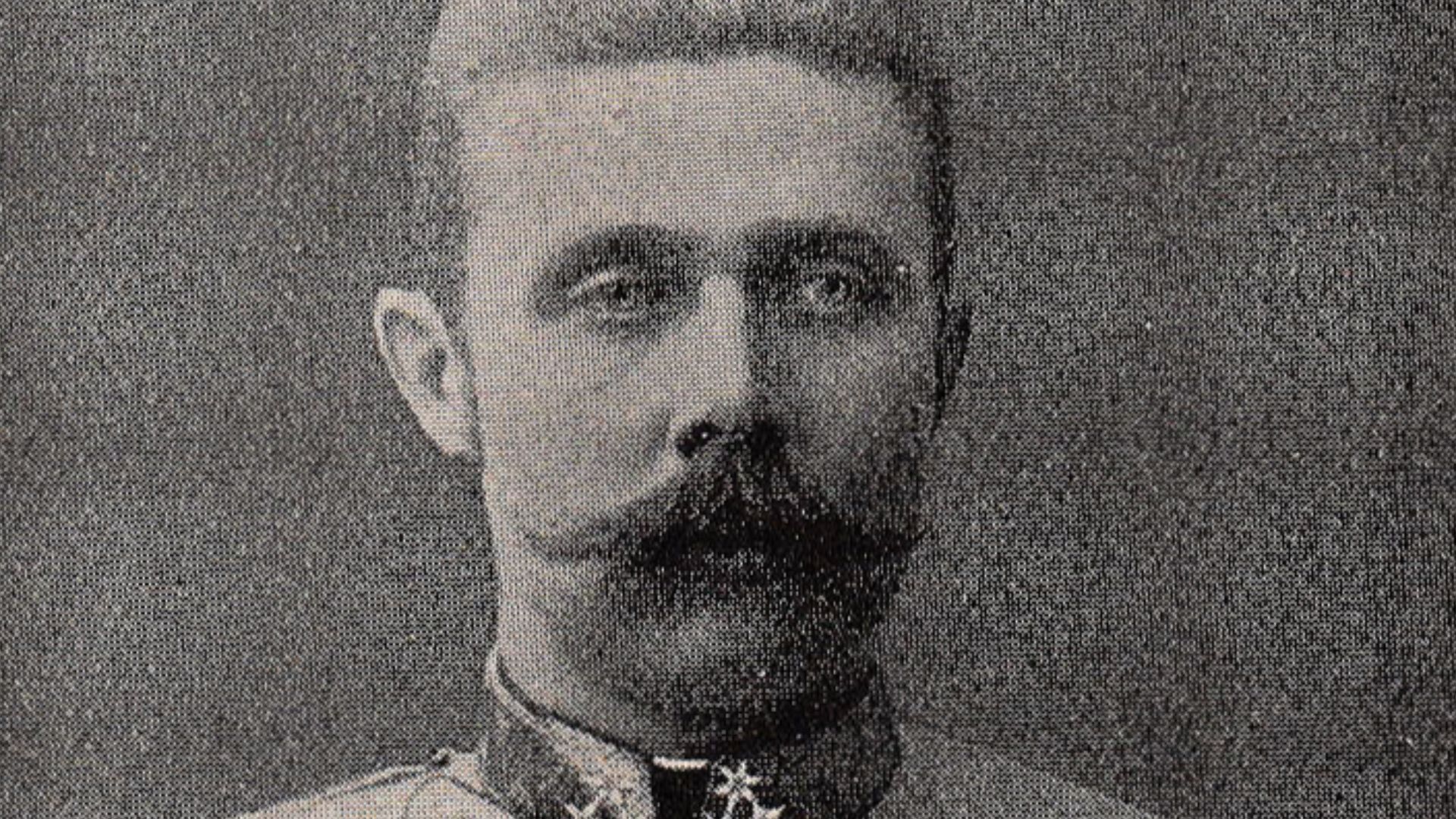 Carl Pietzner, Wikimedia Commons
Carl Pietzner, Wikimedia Commons
3. He Inherited A Huge Fortune
Despite his young age, Francis V had possessed a substantial estate, all of which he left to his cousin. Upon assuming the role of Duke, Franz also inherited his cousin’s vast fortune, making him one of the wealthiest people in Austria. There was more tragedy in store for his cousins, however.
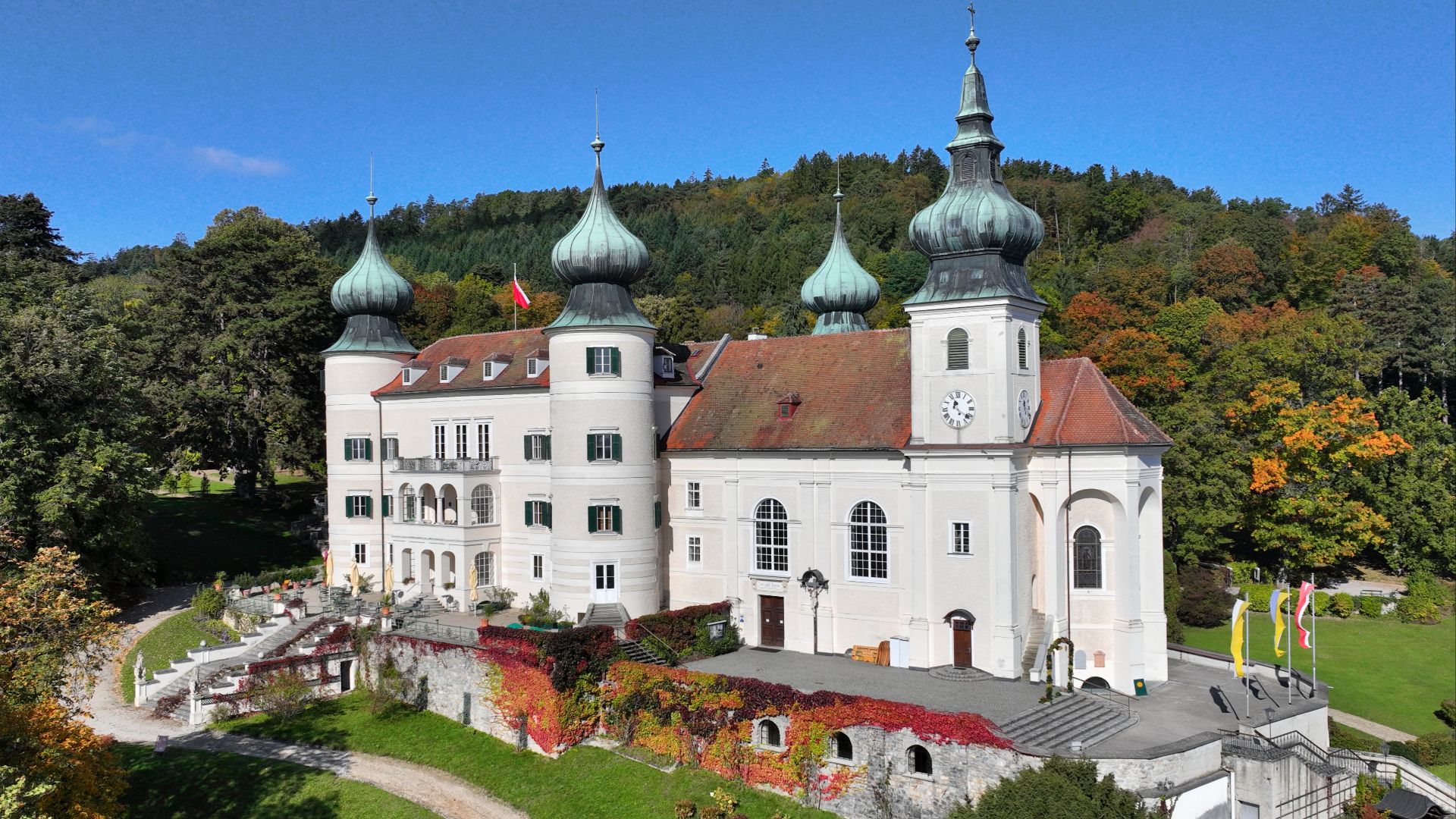 C.Stadler/Bwag (talk / email), Wikimedia Commons
C.Stadler/Bwag (talk / email), Wikimedia Commons
4. He Lost Another Cousin
Franz’s life changed in an instant in 1899, when his cousin and heir to the Austro-Hungarian throne, Crown Prince Rudolf, took his own life with his young lover in a cabin in Mayerling. Now with no living male children, Emperor Franz Joseph’s succession fell to Franz’s father, Karl Ludwig.
But the elder Ferdinand would never get his chance to rule.
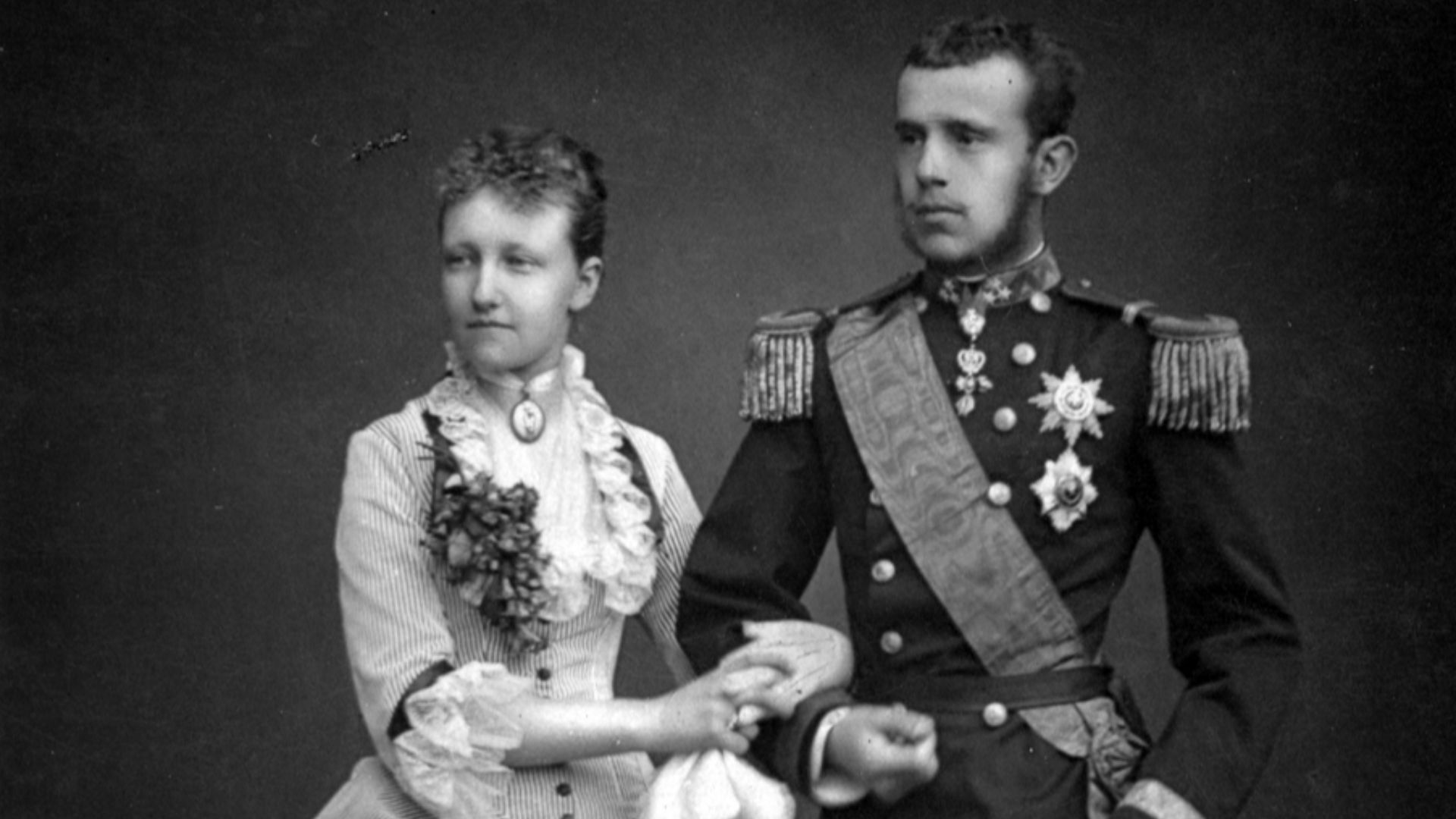 Geruzet Freres, Wikimedia Commons
Geruzet Freres, Wikimedia Commons
5. His Father Got Sick
Emperor Franz Joseph was the picture of health, but his brother unfortunately possessed no such constitution. By 1896, Karl Ludwig had contracted typhoid fever and perished shortly thereafter. Franz Ferdinand's life would never be the same again.
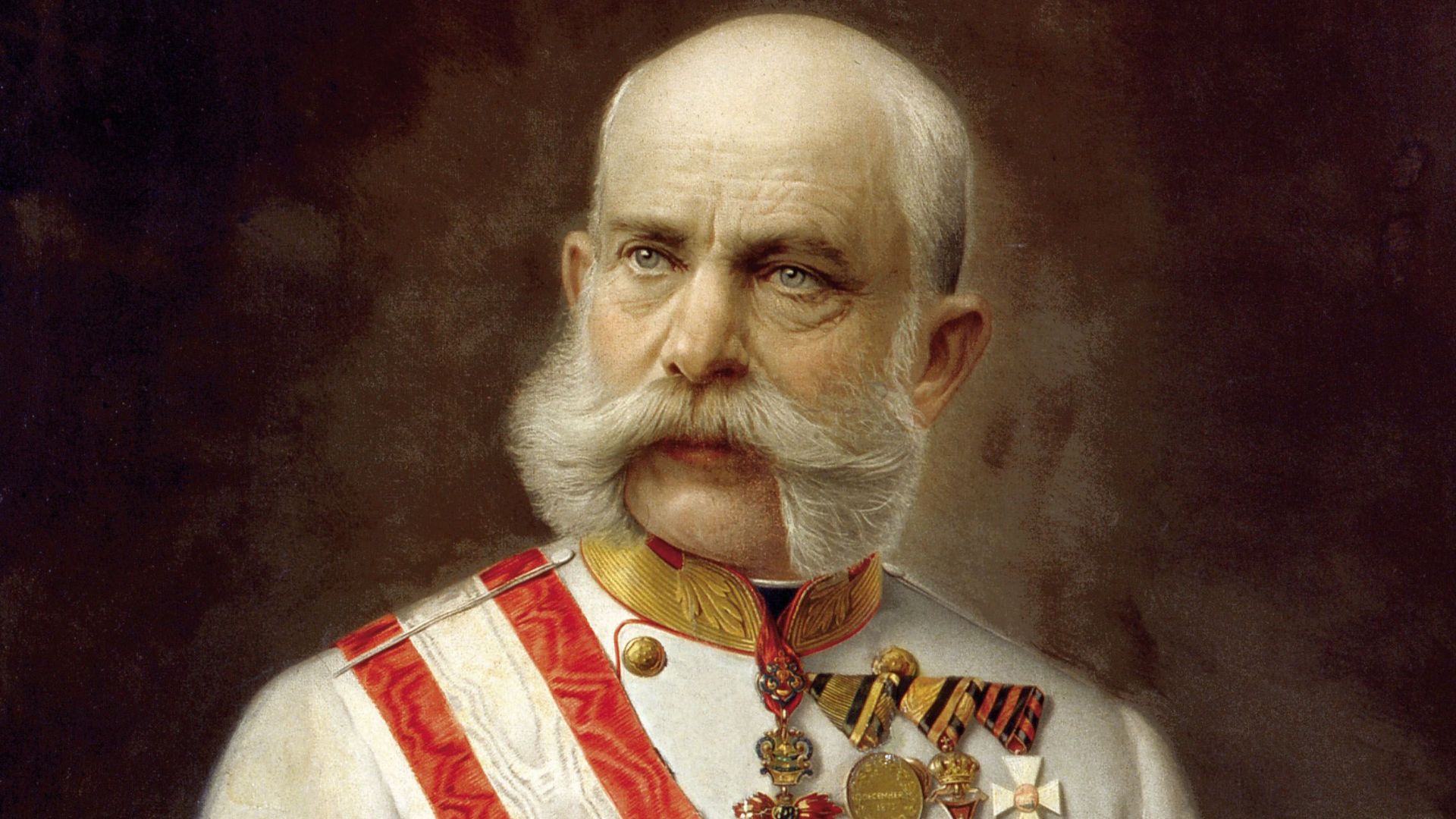 Unidentified painter, Wikimedia Commons
Unidentified painter, Wikimedia Commons
6. His Status Rose
And with that, Franz Ferdinand was next in line for the throne. On May 19, 1896, he became the heir presumptive of the Austro-Hungarian Empire. But despite this massive responsibility hoisted on him, the young heir still found time for leisure.
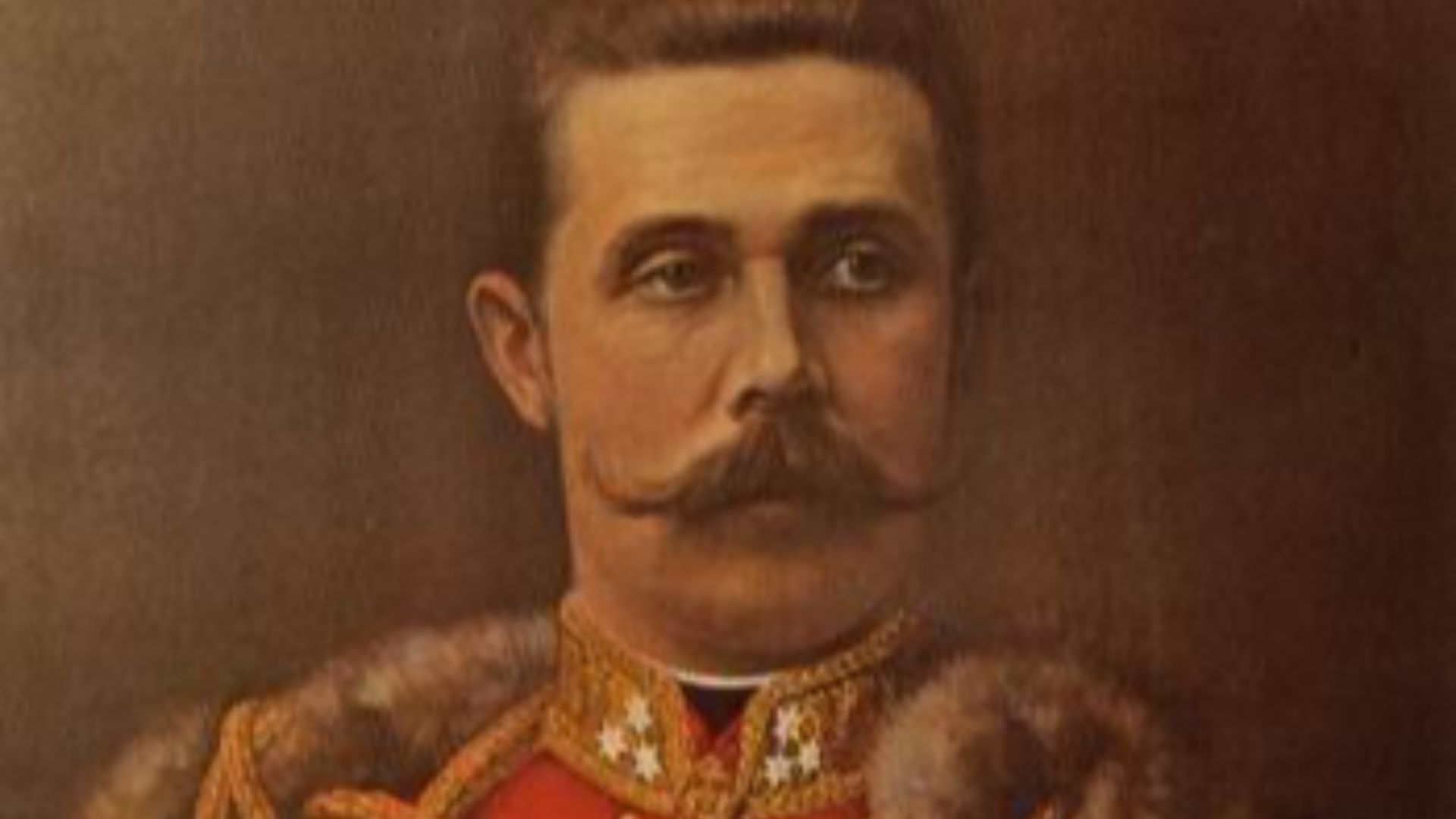 Unknown painterUnknown painter, Wikimedia Commons
Unknown painterUnknown painter, Wikimedia Commons
7. He Went Around The World
Franz was an adventurous young man and undertook many long and often arduous journeys to see the world. In 1892, before assuming the role of heir presumptive, the young Franz embarked on a circumnavigation of the world that would last over a year. His trip would include plenty of time for leisure.
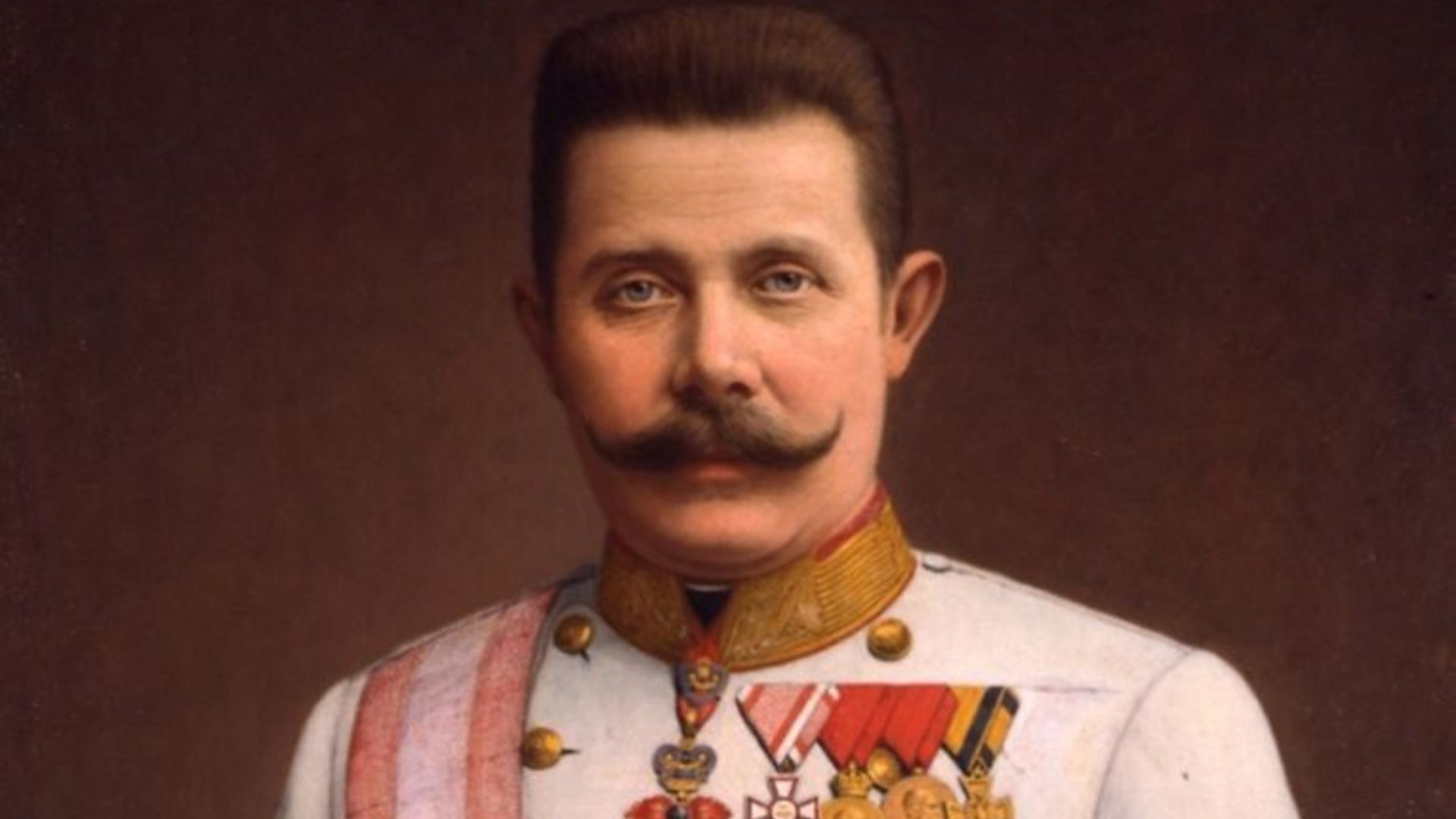 Wilhelm Vita, Wikimedia Commons
Wilhelm Vita, Wikimedia Commons
8. He Went Down Under
Franz began his trip by heading east to India, where he spent a significant amount of time. After that, he headed further South to Australia. Here, he embarked on numerous trips to the bush where he and his party would hunt emus and kangaroos. Franz would get a taste for the hobby here—but he had other places to be.
 Lala Deen Dayal, State Photographer, Wikimedia Commons
Lala Deen Dayal, State Photographer, Wikimedia Commons

History's most fascinating stories and darkest secrets, delivered to your inbox daily.
9. He Went Island Hopping
Next, the Archduke made his way up the Pacific, stopping to visit islands as far flung as Nouméa, and making stops in Hong Kong and Japan too. From the Japanese city of Yokohama, Franz boarded the RMS Empress of China, which set sail across the Pacific to land in Vancouver. His luxurious journey was one befitting his lofty position.
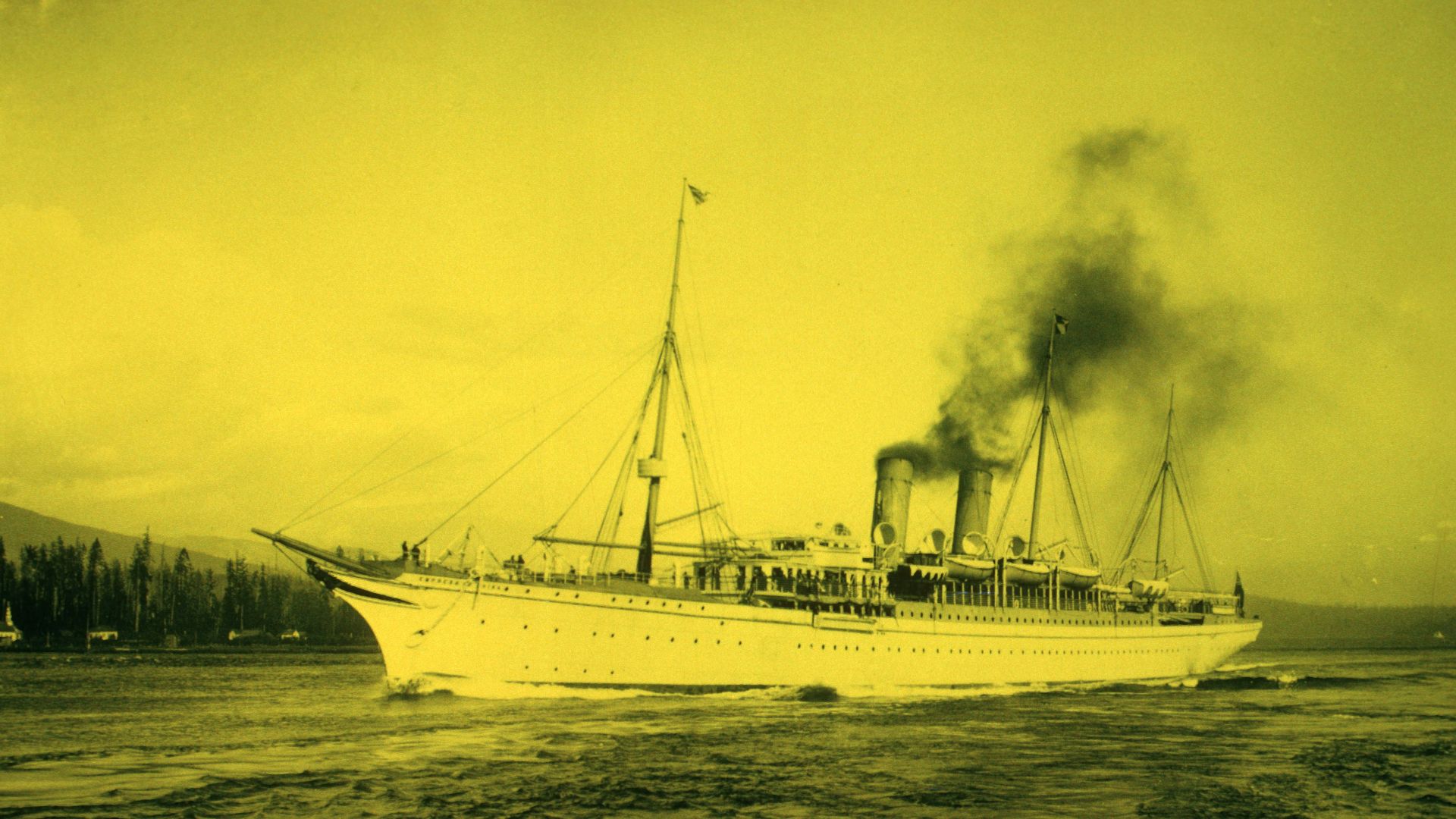 Vancouver Centennial Commission, Wikimedia Commons
Vancouver Centennial Commission, Wikimedia Commons
10. He Travelled In Style
Having arrived in the Americas, the Archduke now found himself with an entire continent to cross in his circumnavigation efforts–and he was going to be comfortable doing it. Franz crossed the United States via several rail lines, all in a private Pullman train car named Mascotte, a privilege offered to very few.
He stopped in the Midwest for a momentous event.
11. He Went To The Fair
The Archduke’s visit to the US coincided with the World’s Columbian Exposition, AKA the Chicago World’s Fair. Franz stopped in the Windy City to visit the fair, an influential social and cultural event of the Gilded Age that brought together the best of America’s architects, artists, and industrialists.
His lodgings were up to his high standards, of course.
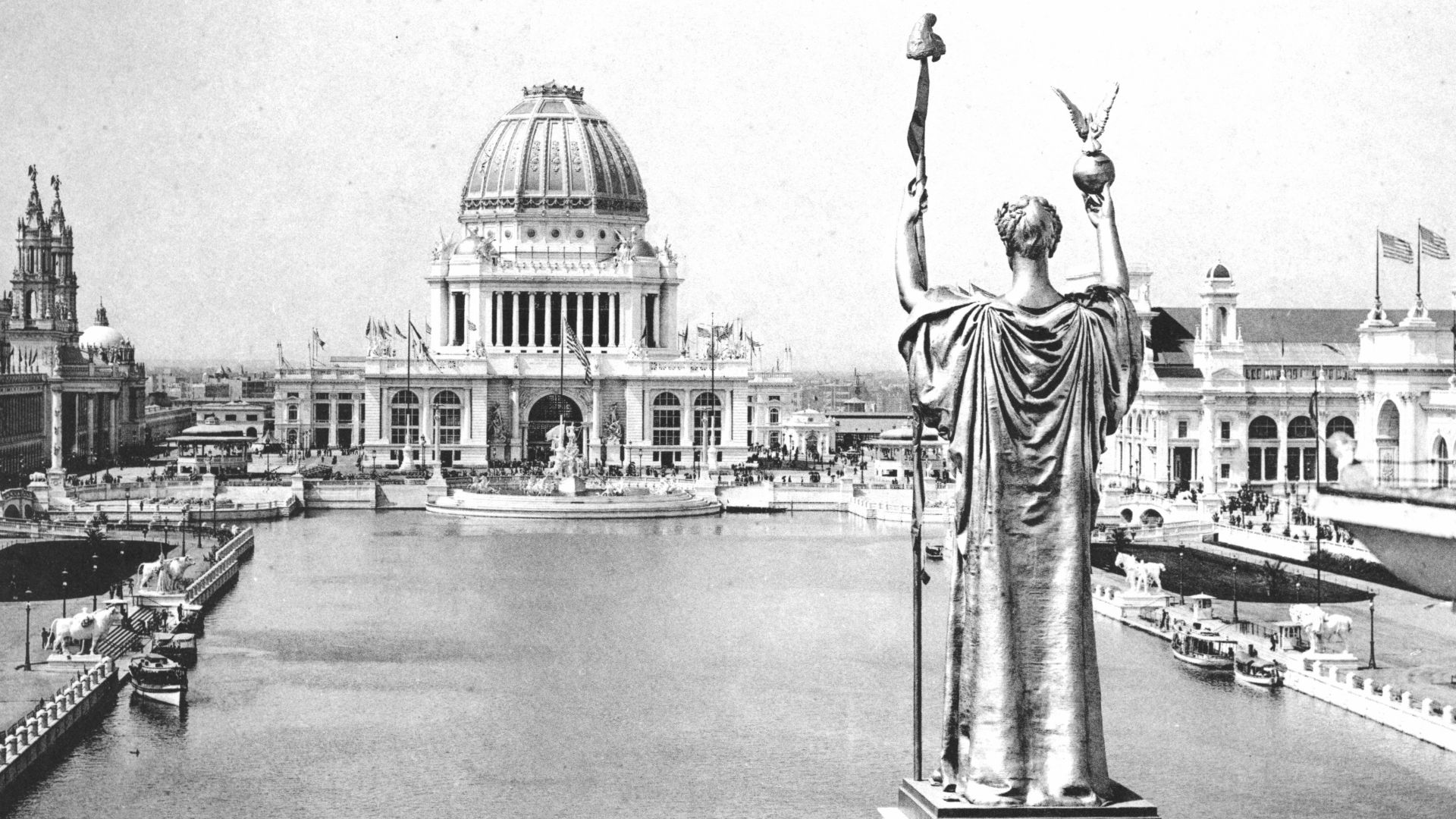 C. D. Arnold (1844-1927); H. D. Higinbotham, Wikimedia Commons
C. D. Arnold (1844-1927); H. D. Higinbotham, Wikimedia Commons
12. He Boarded In Luxury
While in Chicago, the Archduke stayed at the Lexington Hotel, a luxury resort built especially for attendees of the World’s Fair. The hotel would later become famous as the residency of Al Capone. From there, Franz briefly visited New York before heading back to Europe, his circumnavigation completed.
The young duke arrived home a changed man—but that wasn't necessarily a good thing.
13. He Had A Dark Personality
Unlike the stiff character of most of the Austrian nobility at the time, Franz had a notable personality. Historians have described him as having an uninspired energy, with emotions as dark as his appearance, and a strange aura that radiated brutality.
Even his admirers felt he was cold, with one describing the Archduke as “not one who would greet you [...] he felt no compulsion to reach out for the unexplored region which the Viennese call their heart”. But he wasn’t all bad.
 ullstein bild Dtl., Getty Images
ullstein bild Dtl., Getty Images
14. He Had Some Positive Traits
Though the Archduke had a reputation for his ruthless and cold nature, he nonetheless had some redeeming characteristics. One historian described him as having “certain intellectual gifts and undoubted moral earnestness”. These traits would inform his politics.
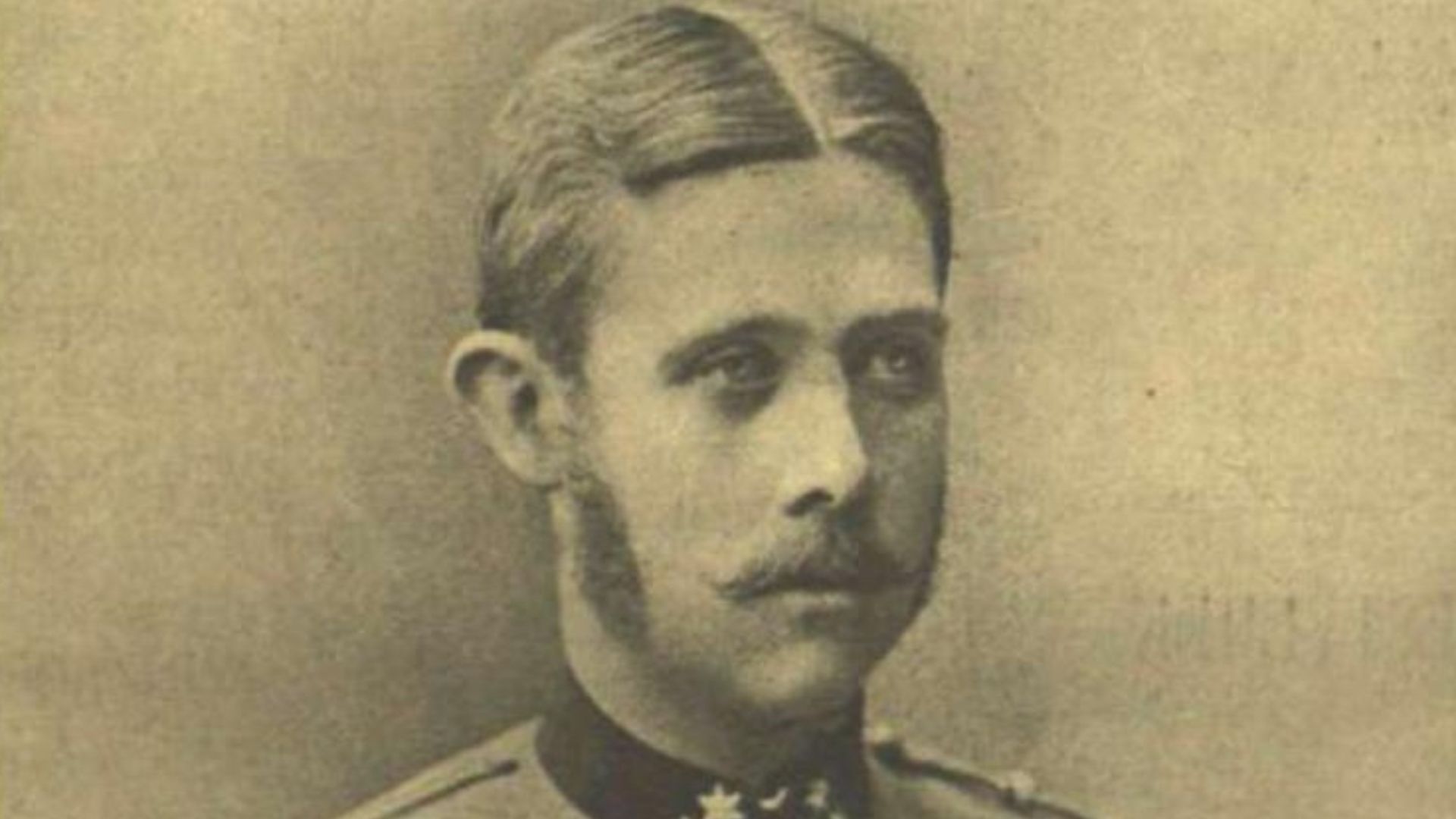 Adéle. The original uploader was Hogyisne at Hungarian Wikipedia., Wikimedia Commons
Adéle. The original uploader was Hogyisne at Hungarian Wikipedia., Wikimedia Commons
15. He Was An Absolutist
Franz’s political outlook has been the subject of significant study, given that he was in line to rule an empire. His views skewed largely authoritarian; he believed that “politics is a matter only for the ruler, while the people, the masses have to obey”. Furthermore, he hated the Hungarian base of the Empire and pushed for policies that would disempower them.
Others bristled at his hardline stances.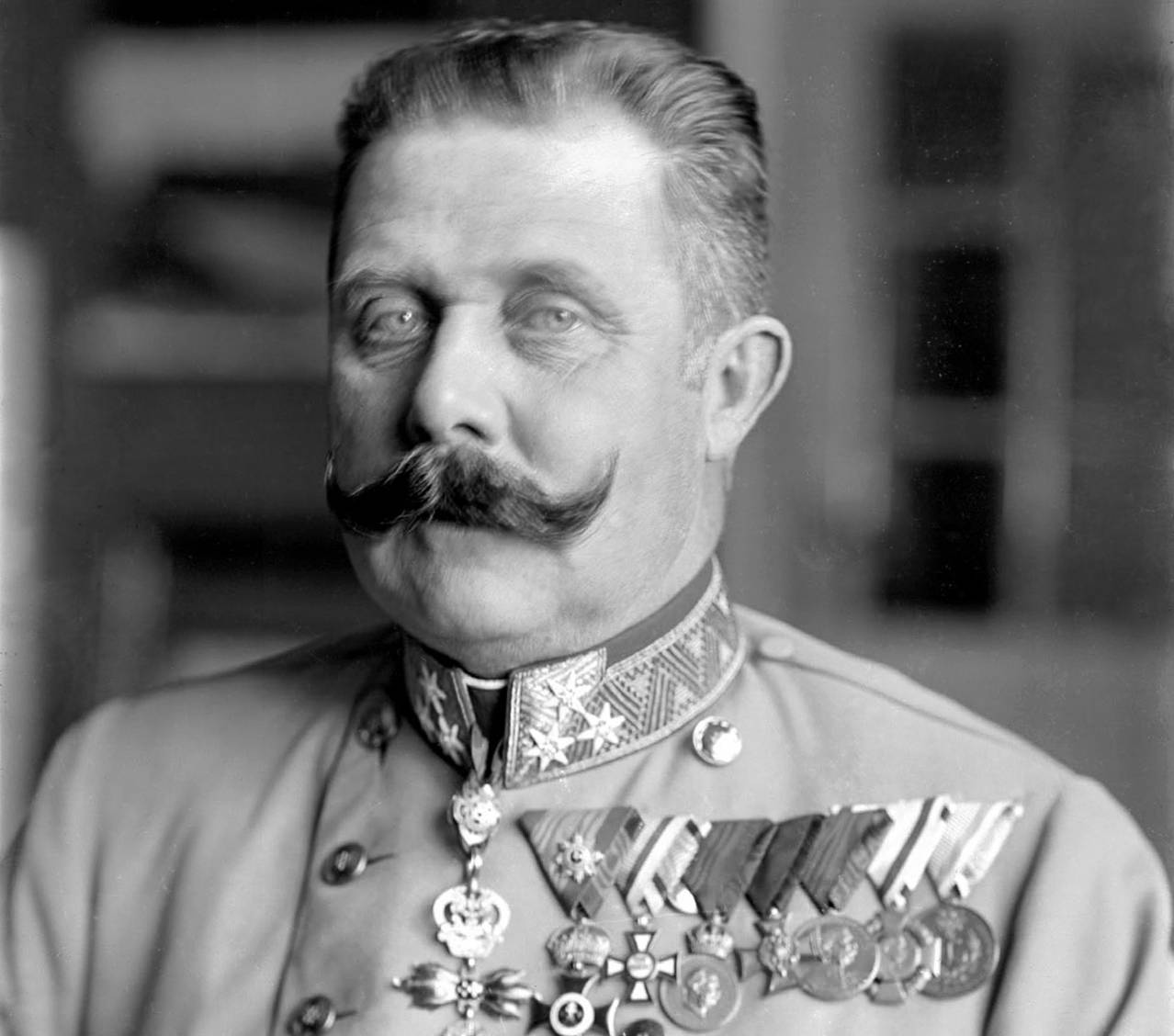 Ferdinand Schmutzer, Wikimedia Commons16. He Clashed With The Emperor
Ferdinand Schmutzer, Wikimedia Commons16. He Clashed With The Emperor
Franz had a tense relationship with his uncle, Emperor Franz Joseph. The emperor greatly disliked how his heir would insert himself into political matters and was not fond of his outspoken views nor of how pushy he was with his policy ideas. Conversations between the two men would often explode into heated shouting matches. But Franz had other areas where he could exert his influence.
 brandstaetter images, Getty Images
brandstaetter images, Getty Images
17. He Enlisted Young
At the time, most males in the ruling Habsburg line entered the Austro-Hungarian army at a young age. This was no different for Franz Ferdinand, who took on his role in the armed forces with great enthusiasm. His climb through the ranks reflected the mutual enthusiasm the army shared for the young Archduke.
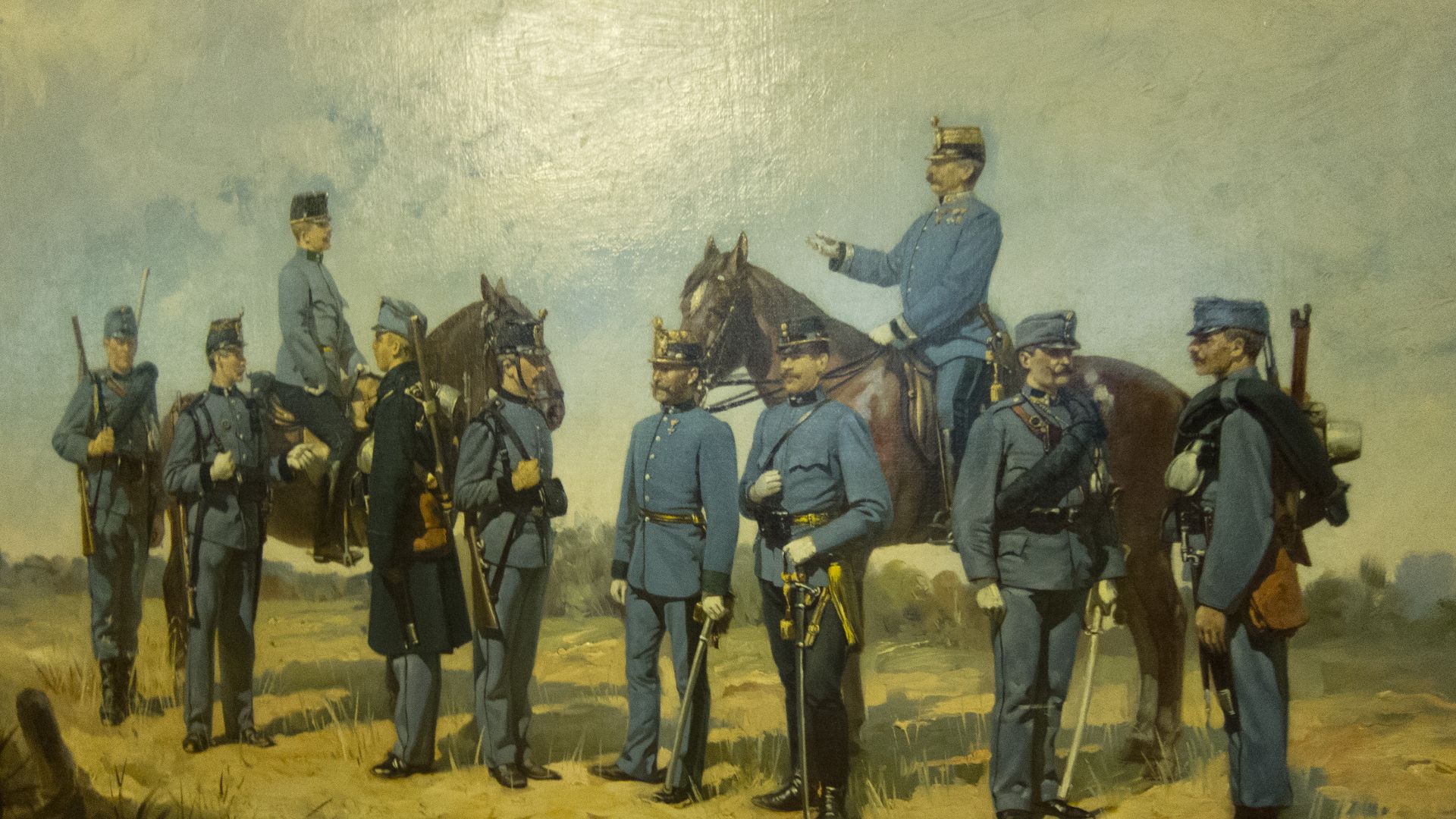 Thomas Quine, Wikimedia Commons
Thomas Quine, Wikimedia Commons
18. He Climbed The Ranks Fast
Franz excelled in the armed forces (though his service would not have looked much like that of an average infantryman), and he began a series of rapid promotions from a young age. At just 14, he received a promotion to the rank of lieutenant. By 22, he was a captain, a colonel at age 27, and at the unheard-of young age of 31, the Archduke attained the rank of major general. But he didn’t just twiddle his thumbs.
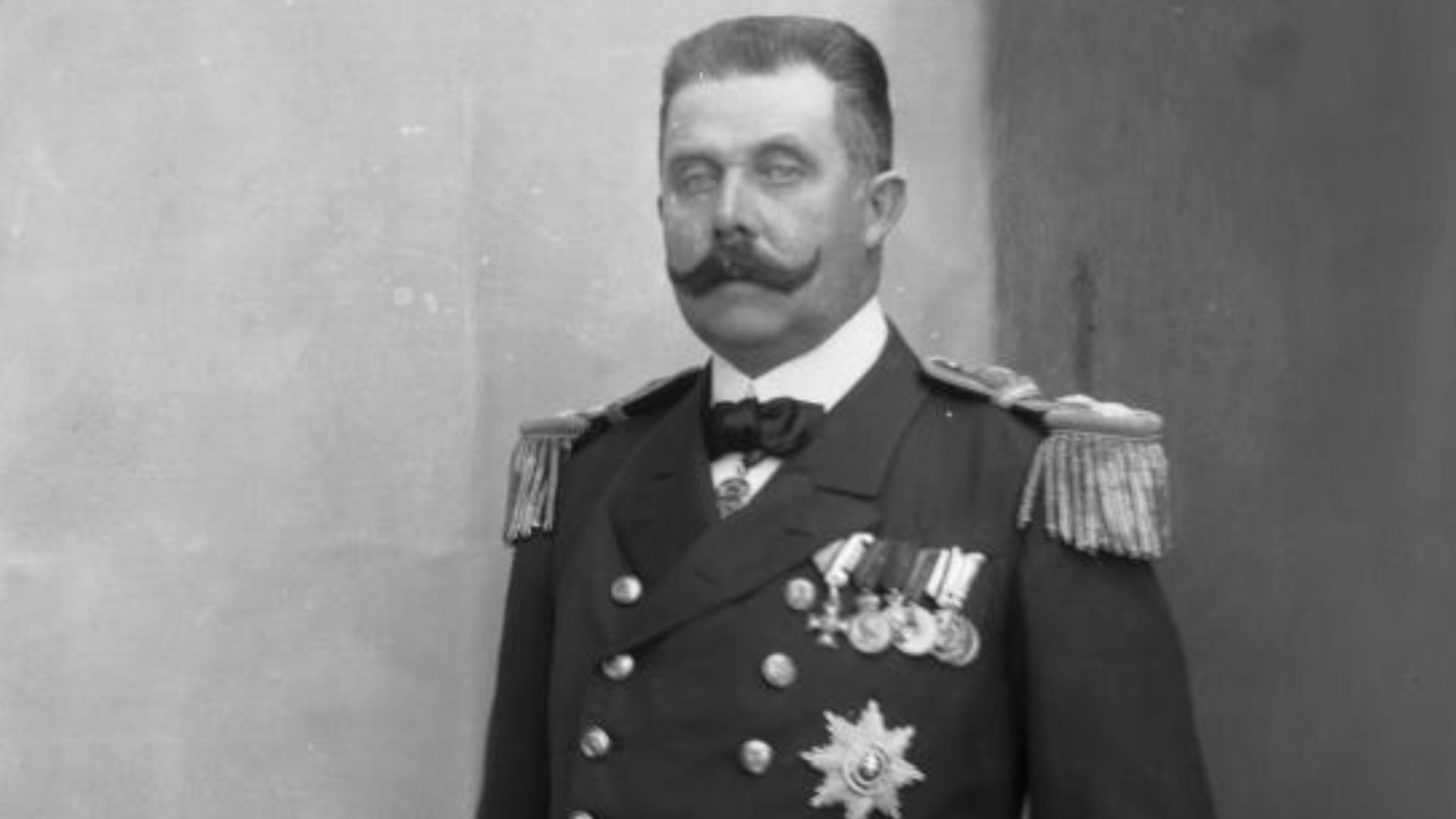 Ferdinand Schmutzer, Wikimedia Commons
Ferdinand Schmutzer, Wikimedia Commons
19. He Took Command
As mentioned, the Archduke’s treatment in the army would have been unusual, to put it lightly. For example, eligibility for command required staff training, something Franz did not formally receive. Nevertheless, he briefly led the Hungarian 9th Hussar Regiment. If his men had gotten wind of his opinions on Hungarians, they may have hated him.
But the top brass had other reasons to dislike the Archduke.
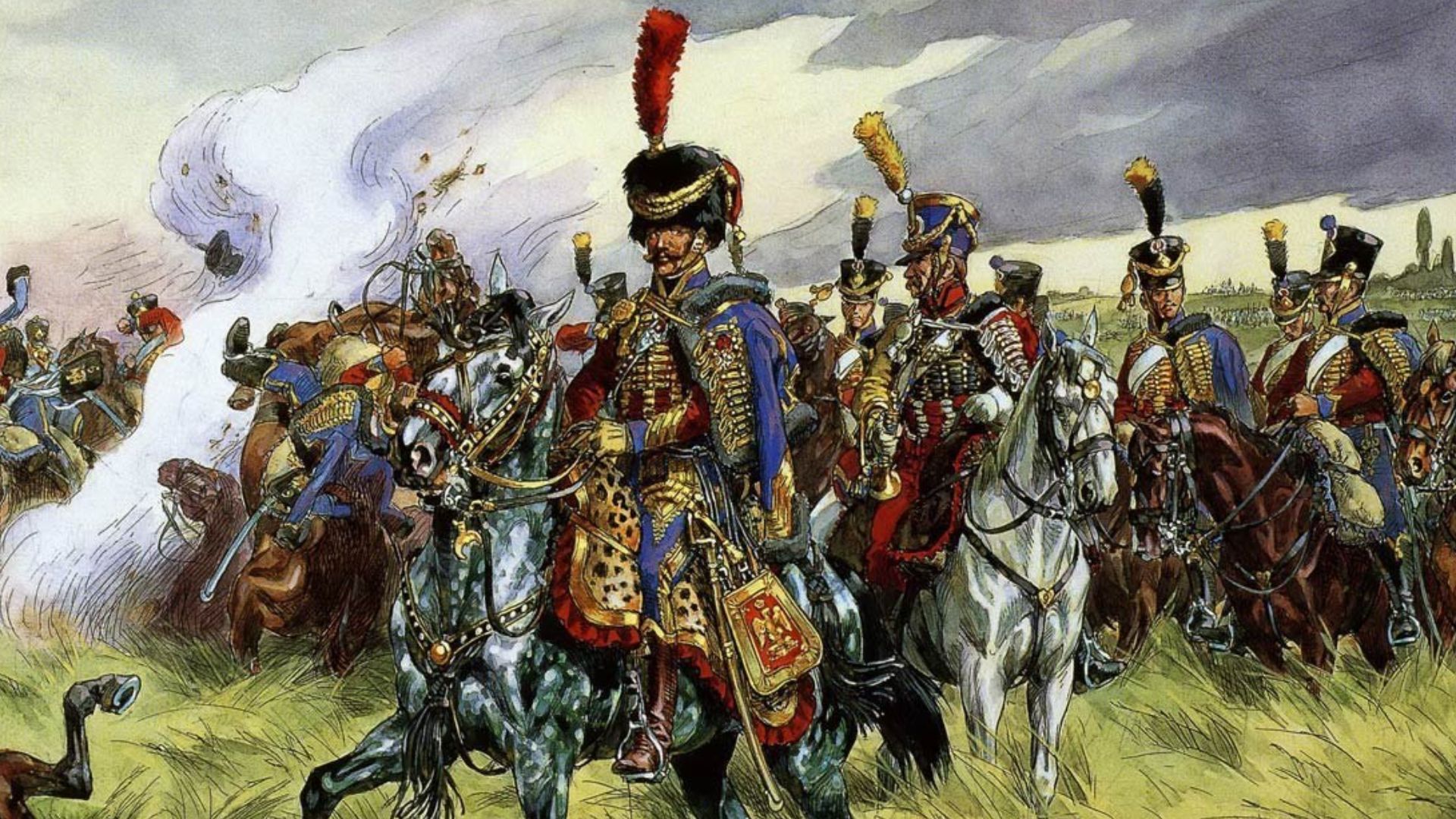 Victor Huen, Wikimedia Commons
Victor Huen, Wikimedia Commons
20. He Shook Things Up
Seeing the army from the inside, Franz felt there were many areas for improvement, and took this on as a personal project after being named heir to the throne. In 1898, he convinced the emperor to give him a special commission to investigate all aspects of armed services and agencies.
The inquiries gave him royally-approved access to all top-secret papers. His powers stretched beyond land.
 brandstaetter images, Getty Images
brandstaetter images, Getty Images
21. He Was A Navy Man Too
As well as his army roles, the Archduke also held honorary ranks in the Austro-Hungarian Navy. The Navy apparently valued his input because, following a series of Austro-Hungarian naval maneuvers in 1902, the institution granted Franz the rank of admiral.
Armed conflict would be where he left his greatest mark—just not how he was expecting.
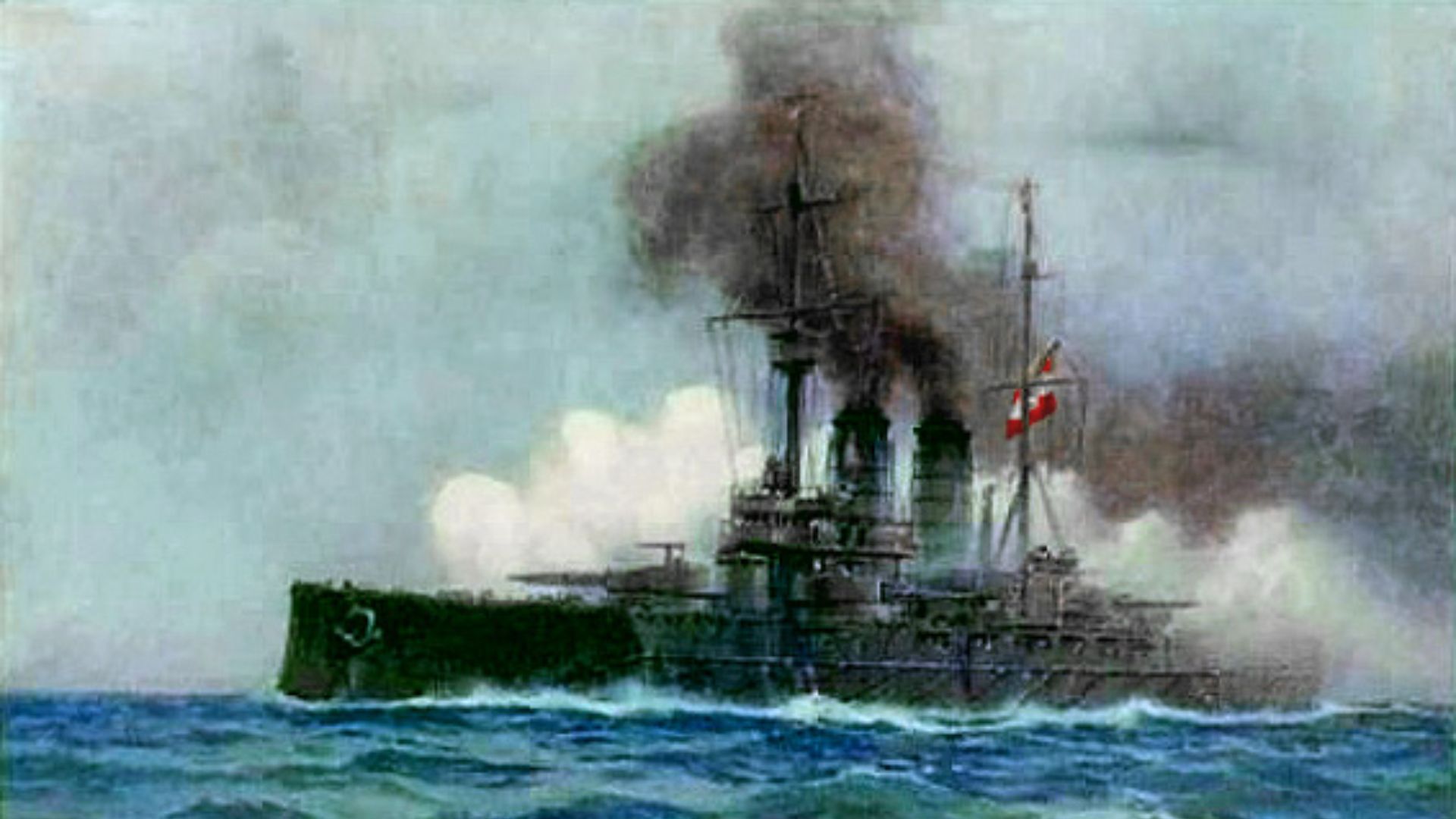 Alexander Kircher (1867-1939), Wikimedia Commons
Alexander Kircher (1867-1939), Wikimedia Commons
22. He Was Influential
Even when he did not hold specific command, Franz held great influence over the armed forces. He established a chancery of 16 staff that would provide him with regular reports on internal affairs and, in 1907, when the Chief of General Staff retired, the Archduke personally selected his own loyalist as the Chief’s successor.
With the spectre of conflict hanging over Europe, he placed himself in a position of power.
 brandstaetter images, Getty Images
brandstaetter images, Getty Images
23. He Set Himself Up To Lead
By 1913, the emperor was aging and increasingly unable to fulfill his duties. To lessen the burden on the elderly ruler, Franz was appointed inspector general of all Austro-Hungarian armed forces and was more than happy to take up this powerful position. Tensions in Europe were reaching a boiling point, and the inspector general role included presumed command in wartime.
But the Archduke was just as headstrong in his romantic life as he was in his career.
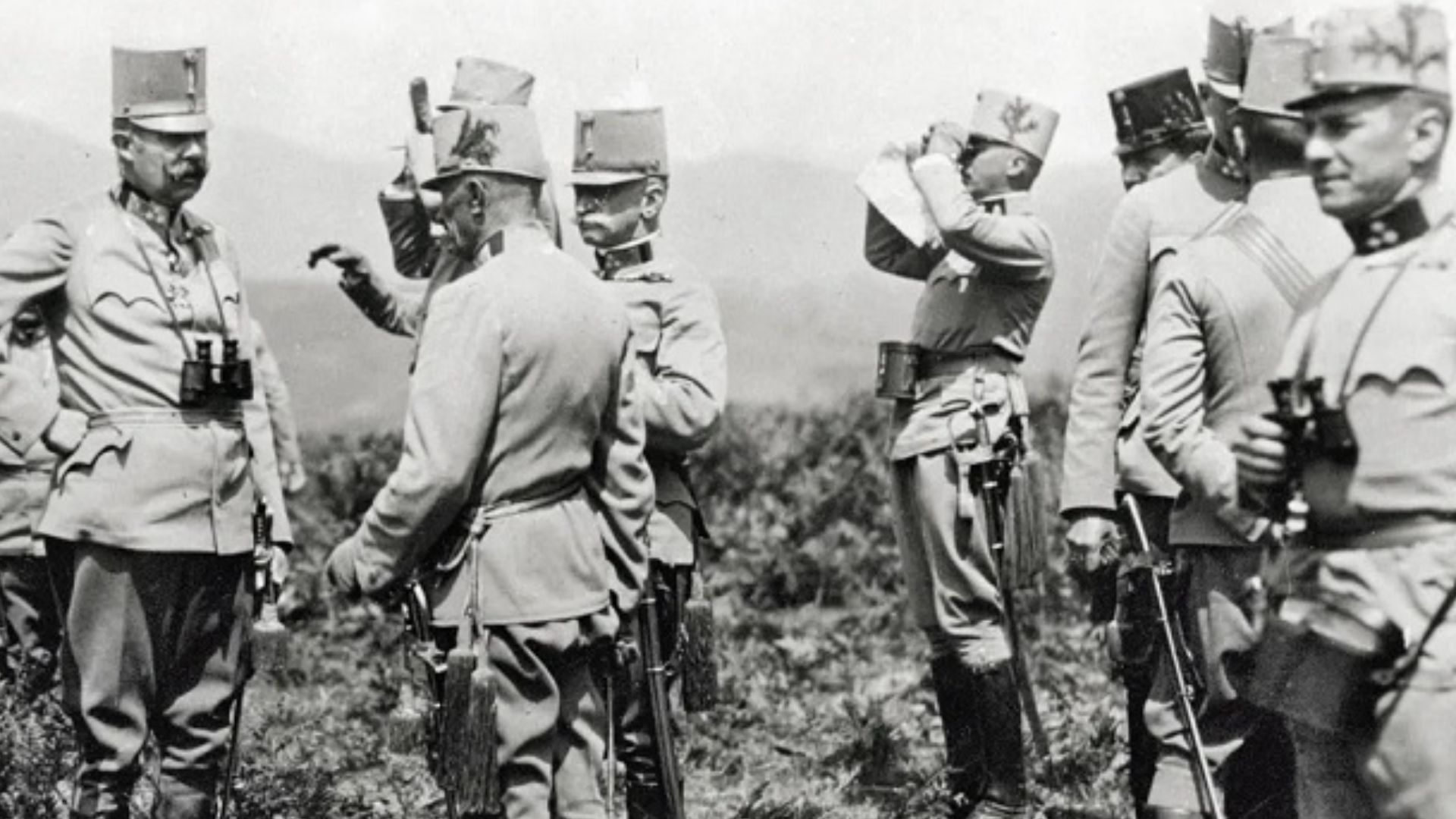 Unknown authorUnknown author, Wikimedia Commons
Unknown authorUnknown author, Wikimedia Commons
24. He Courted Below His Station
In 1894, Franz Ferdinand began courting Countess Sophie Chotek—and with her, controversy. He had met her while visiting the Duke of Teschen’s villa in present-day Bratislava, where Chotek worked as a lady-in-waiting for the duke’s wife, Isabella. The two began exchanging letters, but their courtship had to remain under wraps.
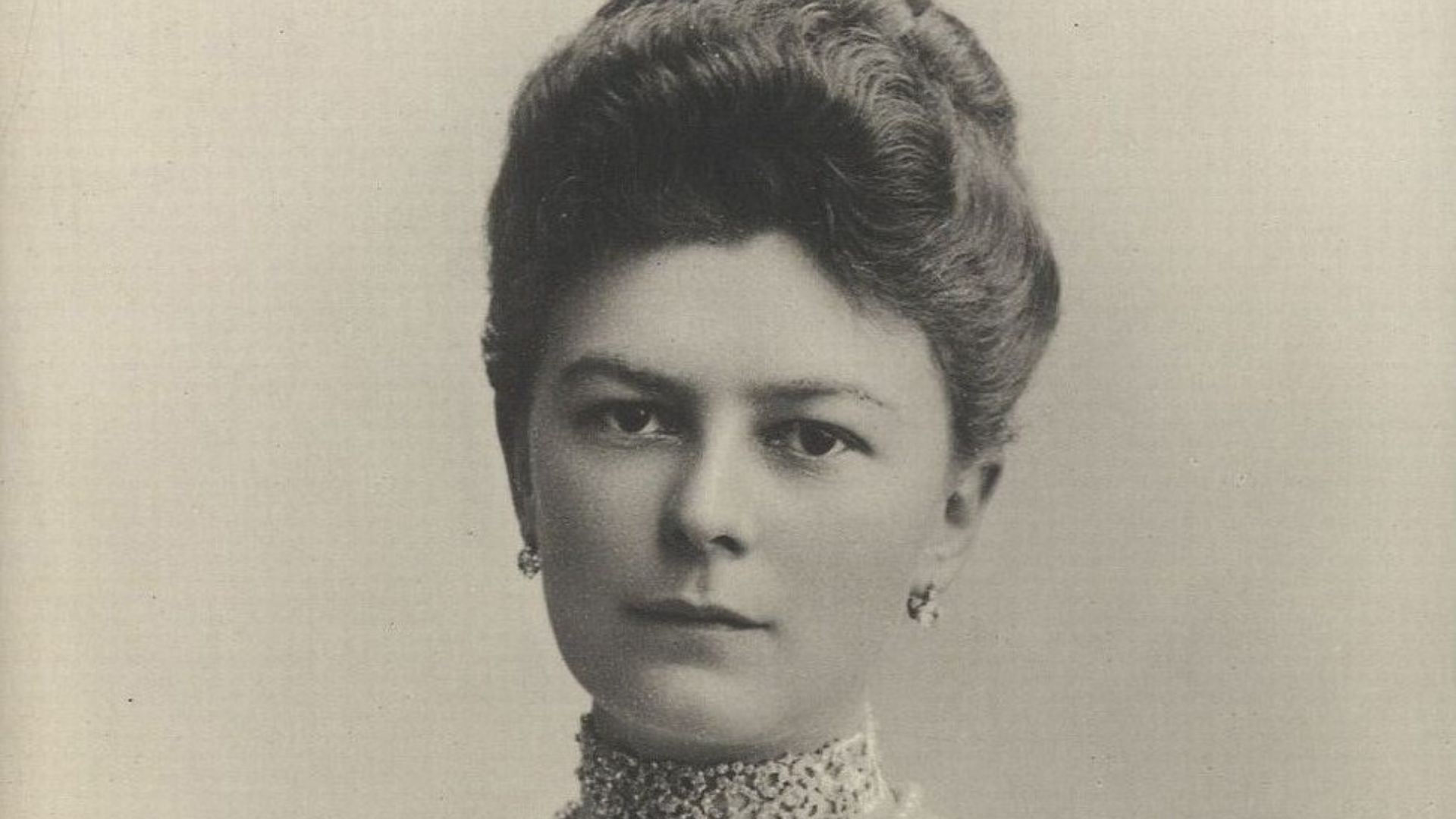 Unknown authorUnknown author, Wikimedia Commons
Unknown authorUnknown author, Wikimedia Commons
25. He Kept His Love A Secret
The Choteks were not a member of a reigning or formerly reigning family of Europe which meant Franz was not permitted to marry Sophie. Because of the scandal it could bring to their families, the two kept their relationship secret. However, Isabella soon discovered their private affair, with reaction as you’d expect.
 DEA / A. DAGLI ORTI, Getty Images
DEA / A. DAGLI ORTI, Getty Images
26. He Brought Scandal On His Family
The revelation of the Archduke’s relationship with Chotek caused scandal and conflict within the imperial household. The emperor in particular was quite disturbed by the controversy. He felt the relationship was below the heir to the throne. But Franz held steadfast.
27. He Refused To Back Down
By the time their relationship emerged publicly, Franz was already deeply in love with Sophie Chotek. Standing by his woman, he refused to consider marrying anyone else. The Archduke remained stubborn in his convictions, and the emperor eventually relented.
28. He Won A Concession
After much argument, Franz finally wore the emperor down, and in 1899, the reigning monarch agreed to allow the Archduke to marry Chotek the following year. However, the marriage in 1900 would be a morganatic one, meaning that several restrictions were placed on Chotek’s position. This did not bode well for Franz’s descendants.
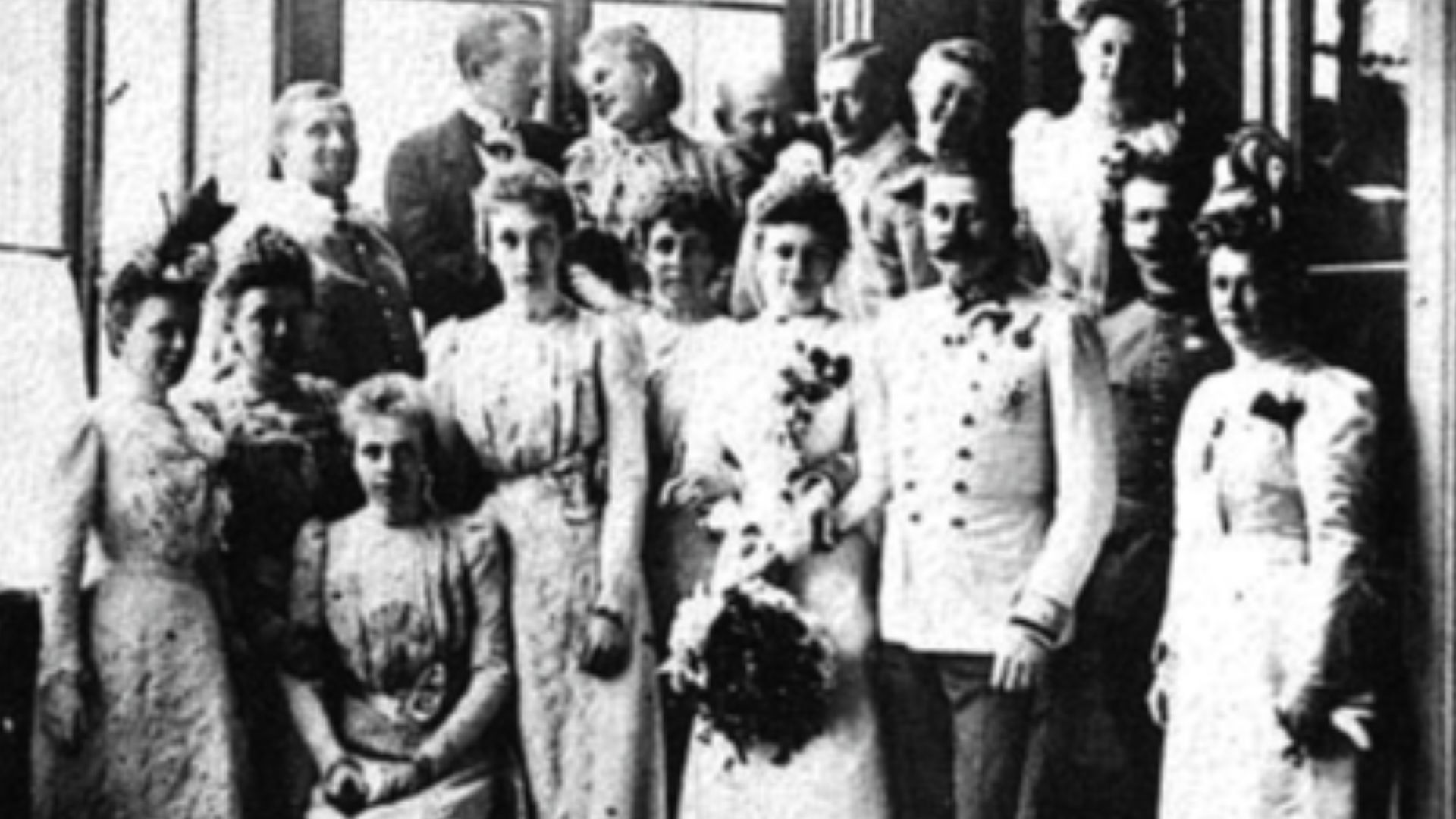 Unknown authorUnknown author, Wikimedia Commons
Unknown authorUnknown author, Wikimedia Commons
29. His Kids Could Not Ascend
Chief among the stipulations of the morganatic marriage was the issue of succession. Chotek and Franz both had to agree that, because Chotek was not of noble enough blood, the couple would have to denounce any of their descendants’ rights of succession, meaning their future children would never be emperors like their father.
Yet this was just the beginning of Chotek's humiliation.
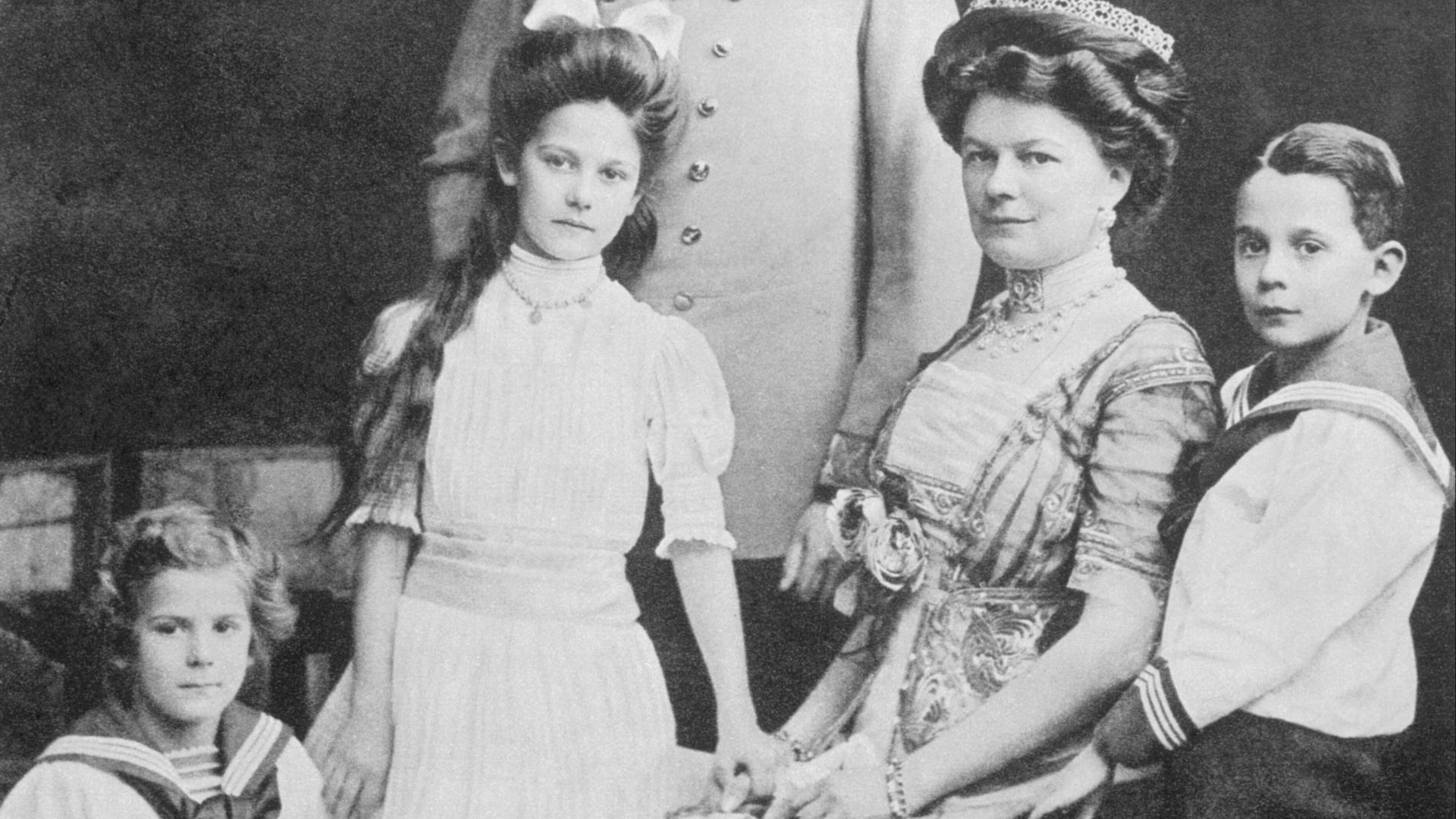 Austro Hungarian official court photographer, Wikimedia Commons
Austro Hungarian official court photographer, Wikimedia Commons
30. His Wife Was Invisible At Court
As part of the morganatic agreement, the Archduke’s new wife would see her position severely curbed. Sophie could not share her husband’s precedence, privileges, rank, or title. Furthermore, they forbade her from appearing publicly beside him and banned her from sitting in the royal carriage or theatre box.
After agreeing to all this, the pair wed—but the family still had to add further insult to injury.
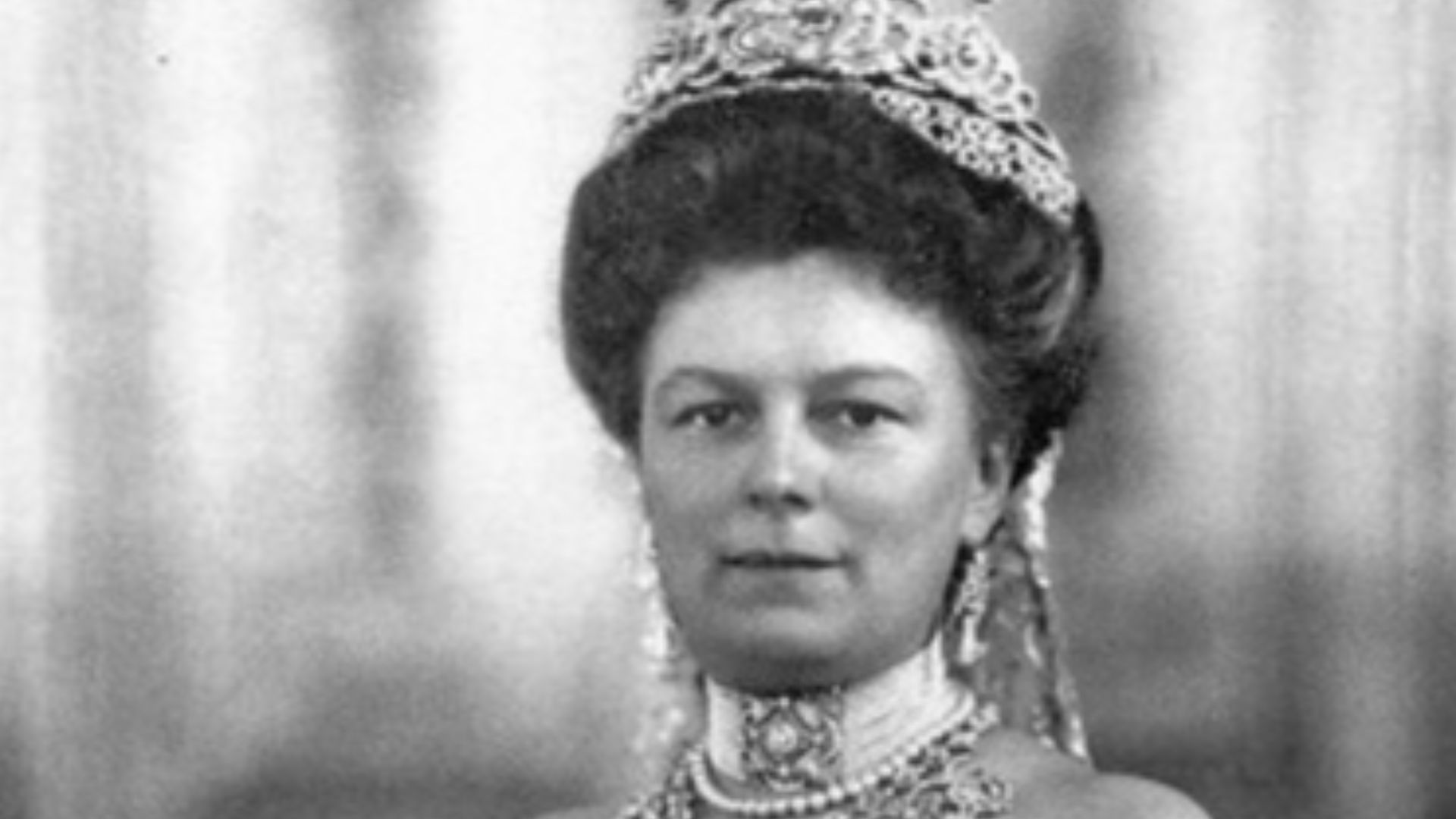 Unknown authorUnknown author, Wikimedia Commons
Unknown authorUnknown author, Wikimedia Commons
31. The Wedding Party Was Thin
Archduke Franz Ferdinand and Sophie Chotek married on July 1, 1900, in the Bohemia region of what is now Czechia. However, it was a sparsely attended ceremony. The emperor refused to show up to the scandalous union, and none of Franz’s brothers, nor any other archduke for that matter, were in attendance.
Chotek’s future had its ups and downs from there.
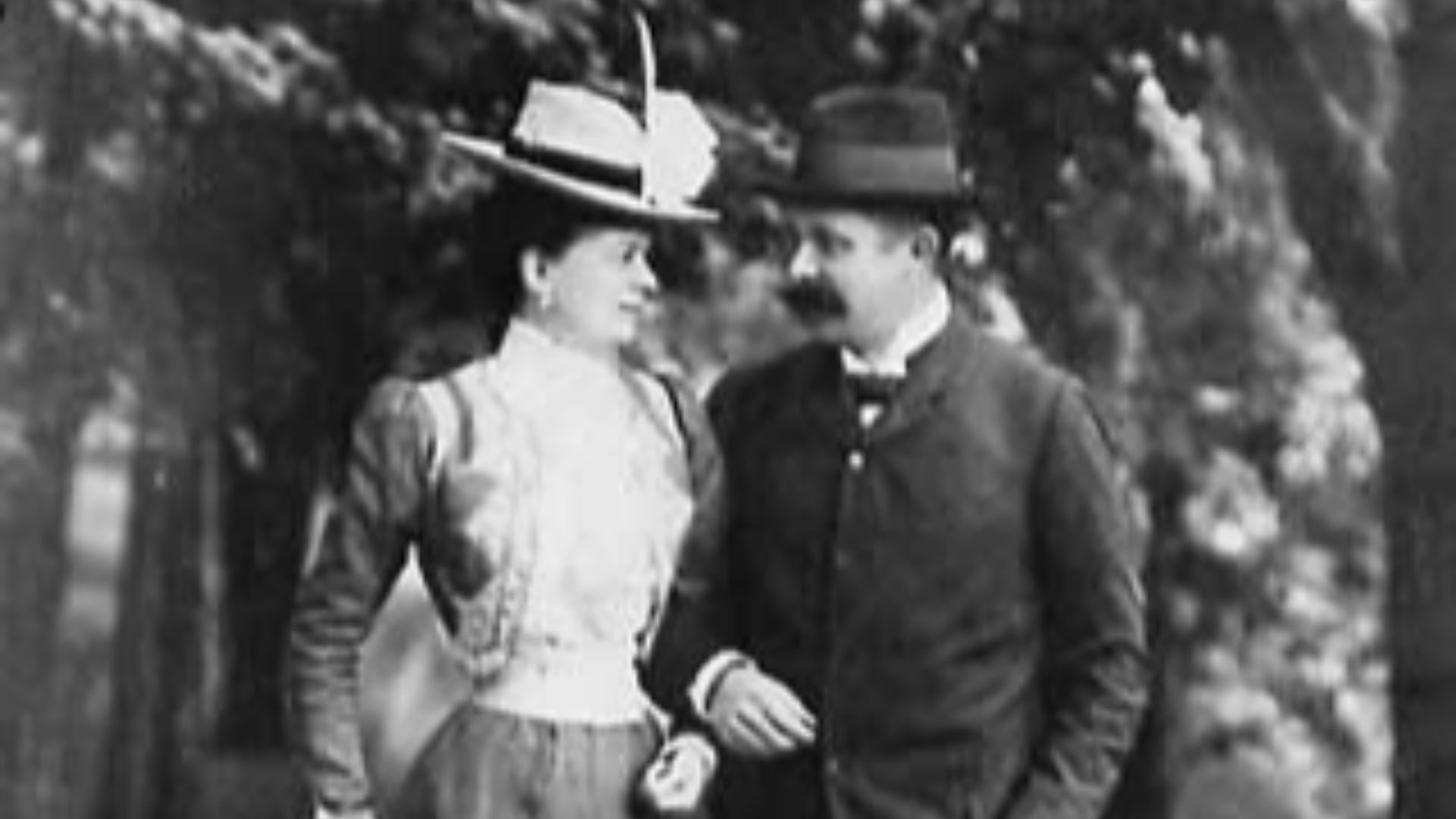 Unknown authorUnknown author, Wikimedia Commons
Unknown authorUnknown author, Wikimedia Commons
32. His Wife Was Second Class
Despite the limitations, Sophie Chotek’s marriage to the Archduke was still a huge step up in status. She was first given the title of Princess of Hohenberg, styled Her Serene Highness. Later, she was “promoted” to Duchess of Hohenberg and addressed as “Her Highness,” another status-raising win.
On the other hand, for the remainder of her life, the Duchess had to yield precedence to any archduchess and was still required to stand far from her husband whenever the imperial family assembled. But the Archduke stayed devoted nonetheless, and they began to build a family.
33. He Loved His Family
Sophie and Franz had four children in total, though only three survived (their youngest was stillborn). The Archduke loved his family deeply, describing his children as “my whole pride and joy. I sit with them all day long in amazement that I can love them so much”.
He also felt his wife was his “everything”, and the two rarely left each other’s side.
 DEA / BIBLIOTECA AMBROSIANA, Getty Images
DEA / BIBLIOTECA AMBROSIANA, Getty Images
34. He Took A Royal Trip
In autumn 1913, the Archduke and his wife embarked on a trip to England. There, they spent a week at Windsor Castle with King George V and Queen Mary, before heading to the countryside to spend another week with the Duke of Portland at Welbeck Abbey. It would be a dramatic excursion.
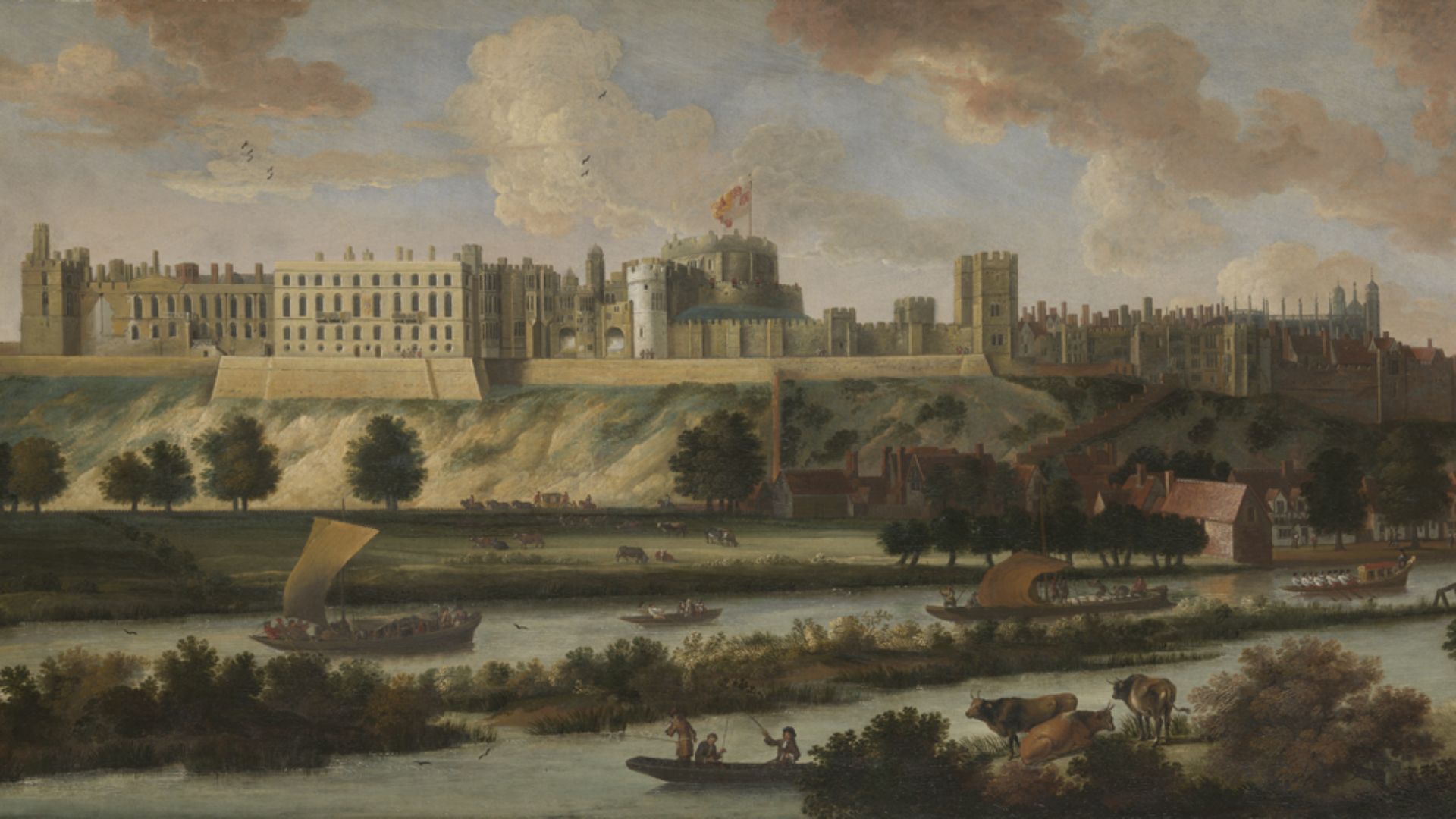 Johannes Vorstermans, Wikimedia Commons
Johannes Vorstermans, Wikimedia Commons
35. He Narrowly Avoided Fate
While in the English countryside, the Archduke could not pass up the opportunity to go hunting. But while game hunting on the Welbeck estate with the duke, one of the loaders holding a rifle collapsed, causing the firearm to discharge. The stray shot narrowly missed the Archduke’s head.
The Duke of Portland would later wonder if WWI would not have happened if the Archduke had perished that day. But fate had bigger plans for Archduke Franz Ferdinand.
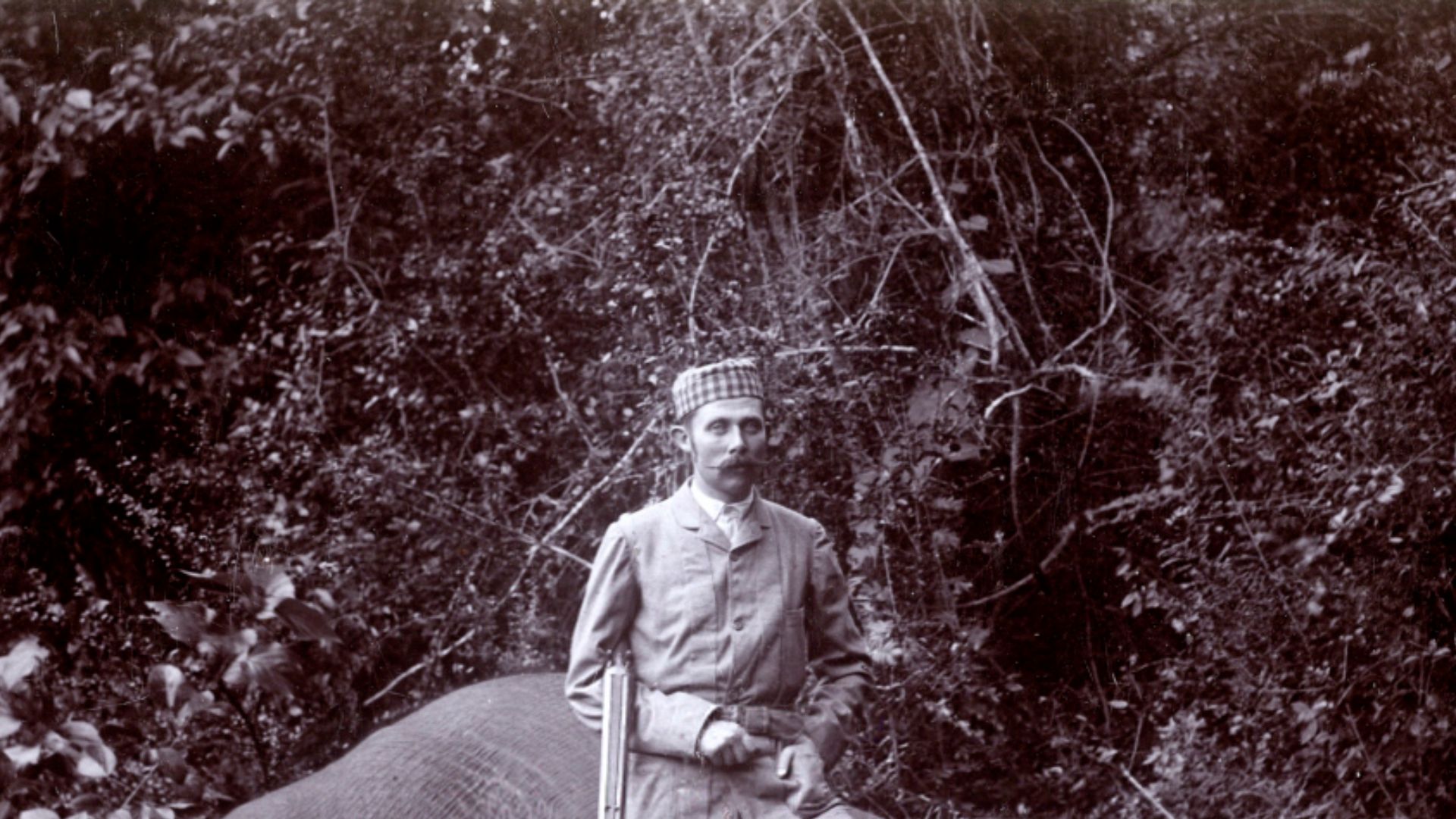 Carl Pietzner, Wikimedia Commons
Carl Pietzner, Wikimedia Commons
36. He Survived An Attempt On His Life
On June 28, 1914, the Archduke and his wife visited Sarajevo, the capital of Bosnia. Early that morning, a member of Young Bosnia, a group of separatists seeking to end Austro-Hungarian rule in the country, threw a grenade at the Archduke’s motorcade in an attempt on his life.
The grenade, however, detonated behind the imperial couple, injuring the occupants of the following car. The royals scrambled for shelter.
37. He Took Shelter
The Archduke and his wife escaped to the Bosnian Governor’s residence (where Franz darkly jested “So you welcome your guests with bombs!”) and took a short rest. However, after the chaos had settled down and the situation brought under control, the imperial couple insisted on going to visit those injured in the attack.
Their kind gesture would be their undoing.
38. He Got Trapped
The motorcade set off from the Governor’s residence, but no one had informed the drivers of the change of plans to visit the hospital, and upon discovering the change in itinerary, they had to turn around. Backing onto a side street, the line of cars stalled right across the road from where 19-year-old Young Bosnia member Gavrilo Princip was sitting.
The young man couldn’t believe his eyes, and he was not going to miss this opportunity.
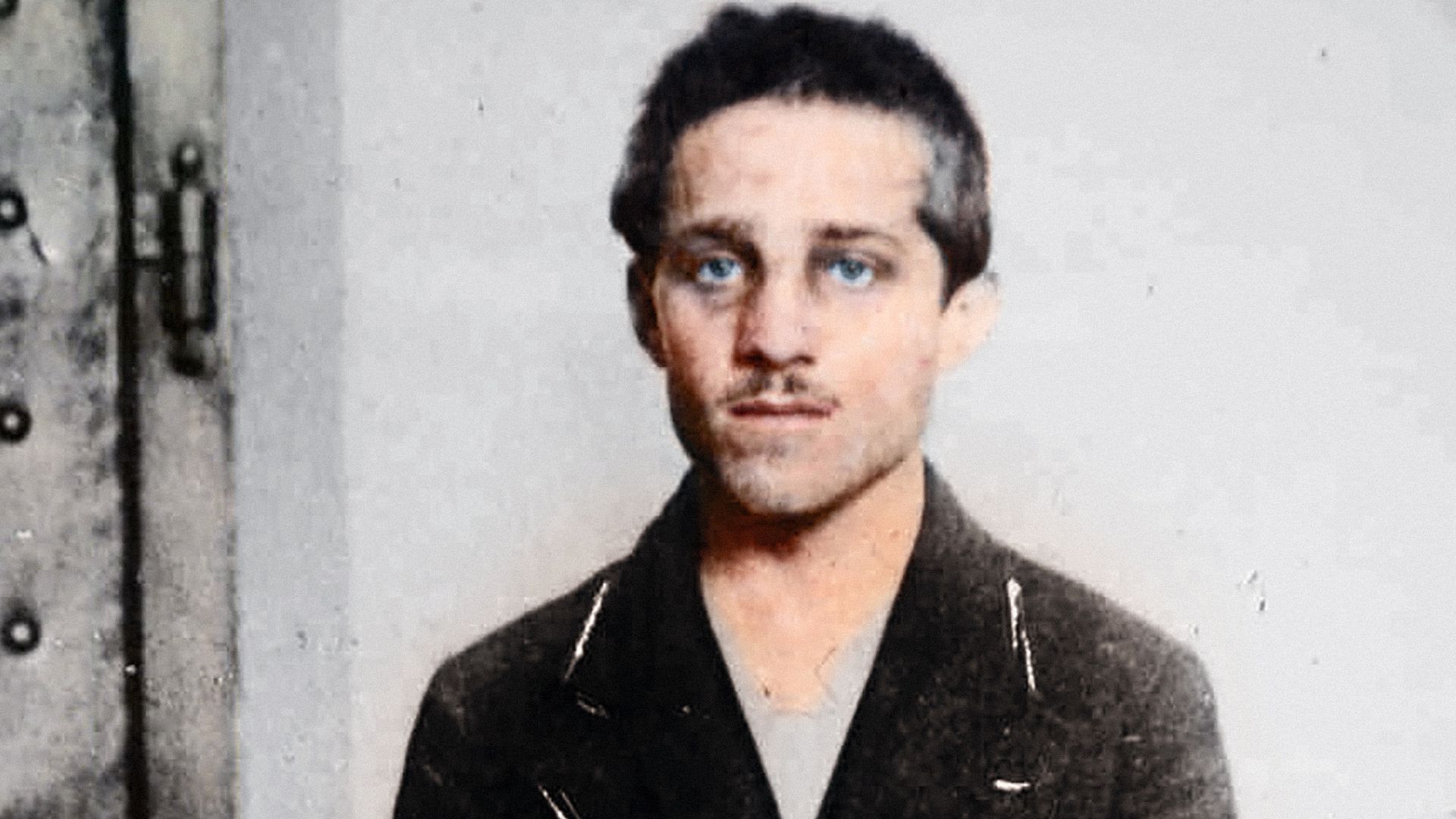 Марио Брвић, Wikimedia Commons
Марио Брвић, Wikimedia Commons
39. He Got Assailed
Gavrilo dashed across the street, approached the car, drew his weapon, and opened fire into the back seat. The first shot struck Sophie in the abdomen; the second hit Franz in the neck. Witnesses immediately detained the assailant while the Duchess screamed for her life and the Archduke leaned over his perishing spouse, attempting to comfort her. It was the beginning of the end.
40. He Was Too Late
By the time witnesses arrived to administer aid to the imperial couple, Sophie was almost gone. She would draw her last breath on the way to the hospital. Franz was still alive, though his wound was bad enough that nobody held much hope. But he fixated on only one thing.
41. He Was A Family Man Til The End
As he lay perishing, all Franz could do was attempt to muster the strength to convince his wife to go on. His final words to her were as tragic as they were hopeless: “Don't die darling, live for our children”. He himself may have lived if not for one painful detail.
42. He Was A Victim Of Fashion
The Archduke may have survived if not for one bizarre factor. As his aides attempted to open his jacket for better access to his wound, they could not do so without cutting it open with a blade or scissors.
It turns out the outer lapel had been deliberately sewn to the inner front of the coat in an attempt to improve the Archduke’s public appearance with a smoother fit. Whether he could have been saved without this jacket we will never know, but it did prove an obstacle, and the Archduke perished within minutes of the attack at age 50. The dramatics were just beginning.
 Museum of Military History, Vienna, Austria., Wikimedia Commons
Museum of Military History, Vienna, Austria., Wikimedia Commons
43. He Kicked Off A Series Of Events
With tensions already high in Europe, the attack on the heir to the Austro-Hungarian throne caused them to boil over. What followed was a series of diplomatic and defense escalations later known as the July Crisis. The issue of the weapon proved pivotal.
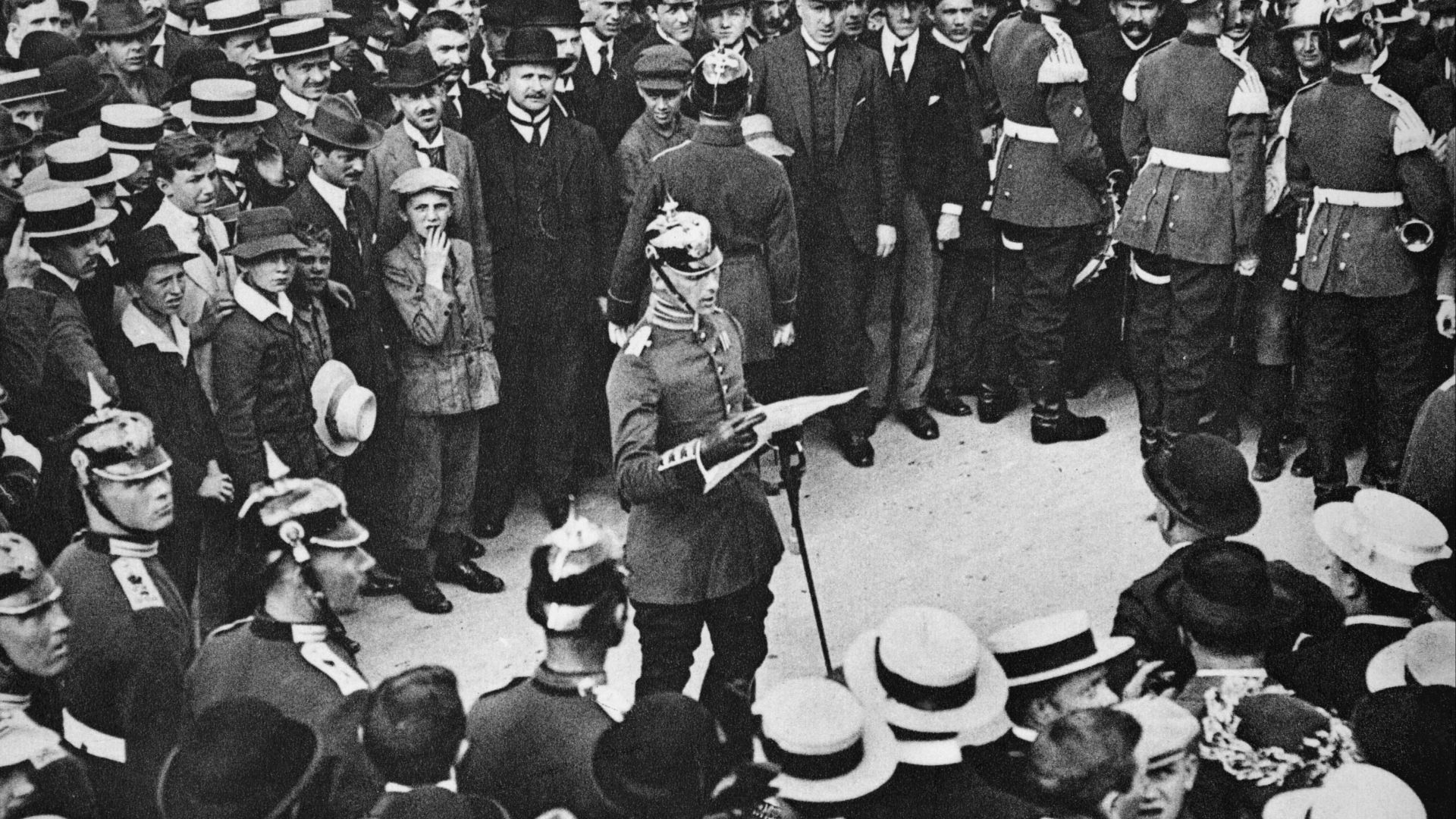 Unknown authorUnknown author, Wikimedia Commons
Unknown authorUnknown author, Wikimedia Commons
44. The Instrument Of His Demise Caused World Conflict
It was soon discovered that the firearm used by Gavrilo to take the Archduke’s life came from a member of the Serbian Army Military Intelligence, who held Yugoslav nationalist views. Wanting to quash this movement, viewing it as an existential risk to the empire, Austria-Hungary declared war on Serbia shortly after.
Things, as we know, only escalated from there.
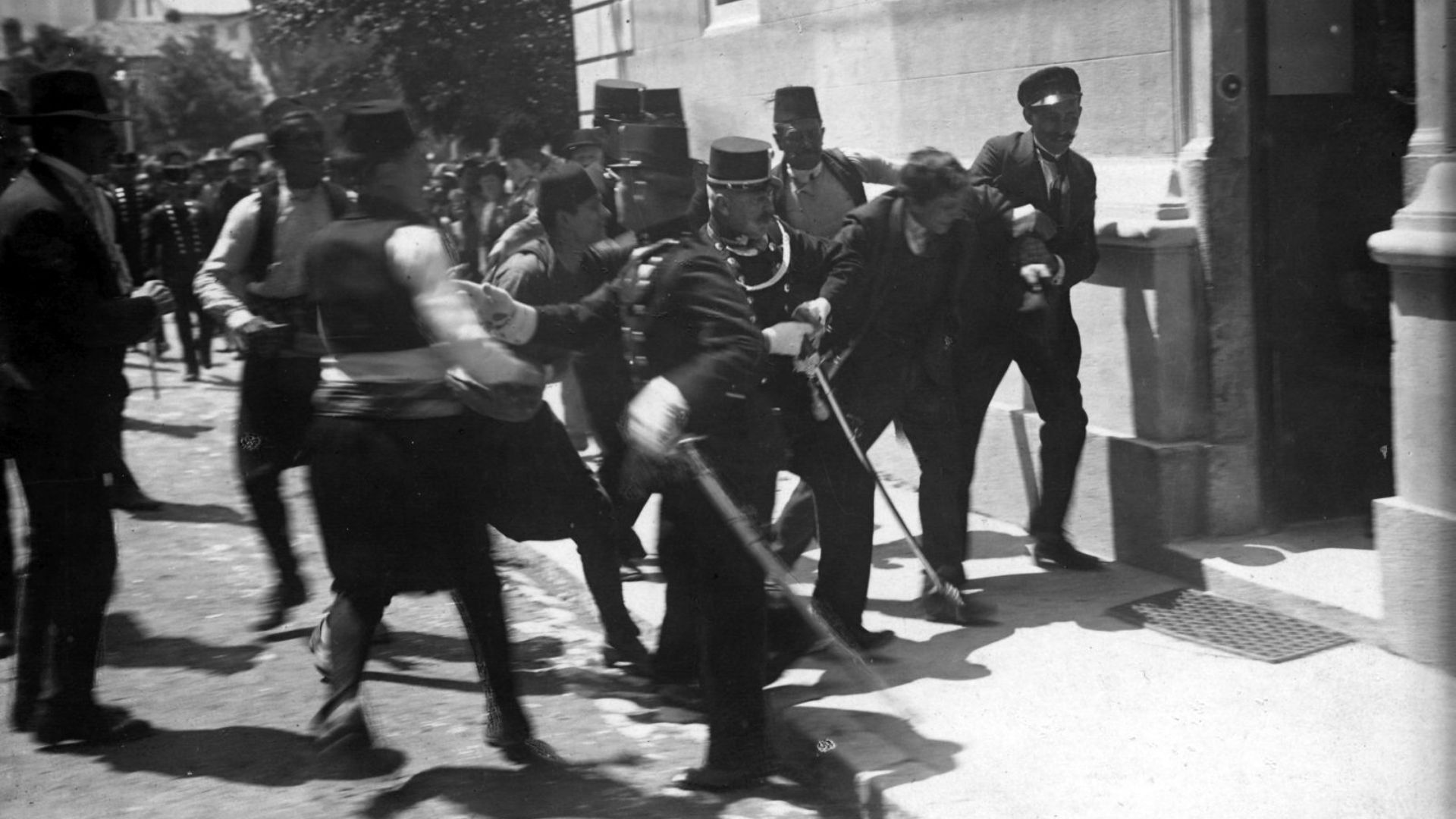 Unknown authorUnknown author, Wikimedia Commons
Unknown authorUnknown author, Wikimedia Commons
45. His Continent Exploded
The declaration after the Archduke’s demise led to a series of events that further escalated tensions. This all culminated four weeks after the precipitating event with the allies of Austria-Hungary and Serbia all declaring war on each other on July 28, 1914, kicking off what we now know as WWI.
But was the Archduke really the cause?
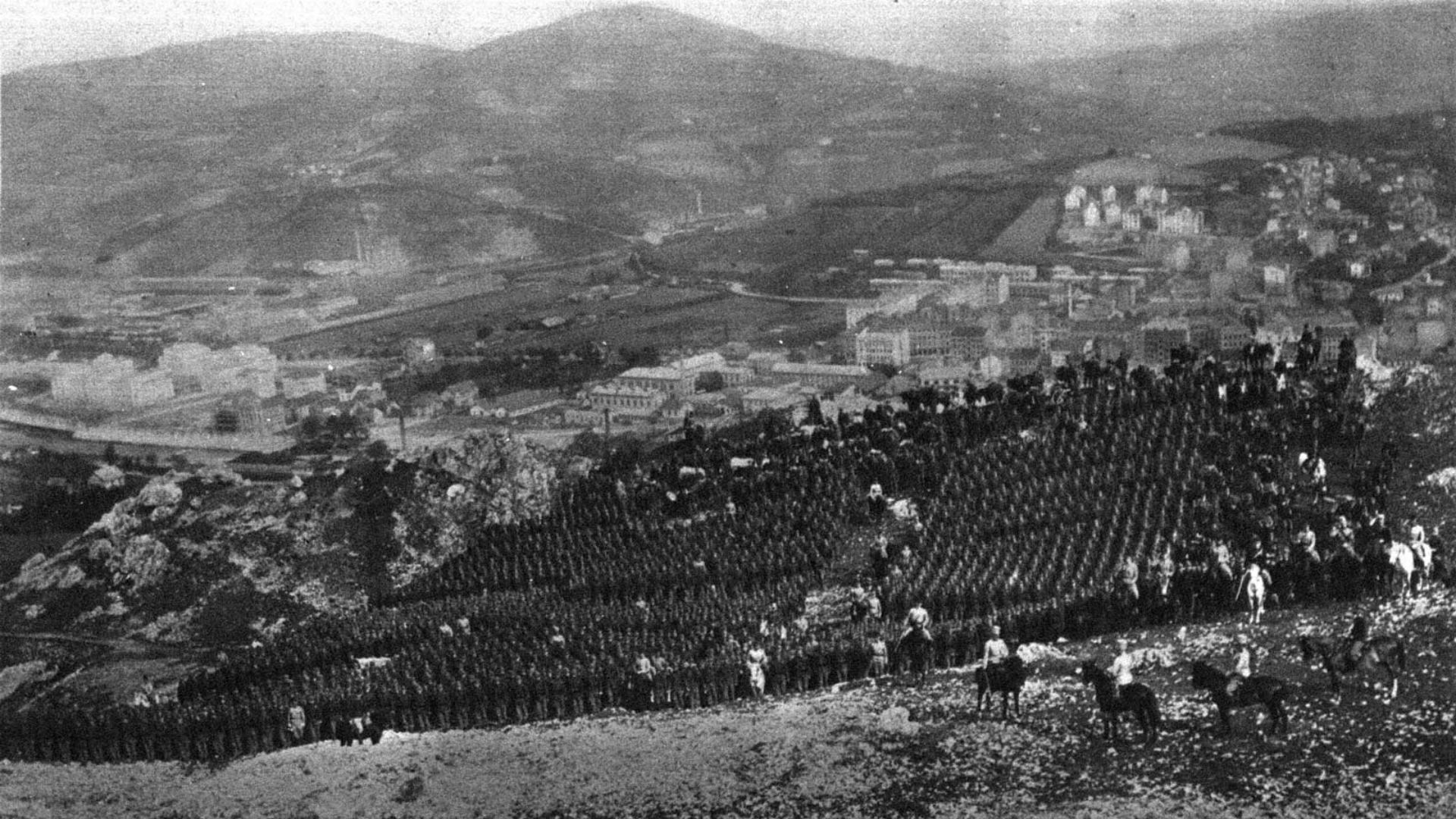 Unknown authorUnknown author, Wikimedia Commons
Unknown authorUnknown author, Wikimedia Commons
46. He Went Down In History
So, is the assassination of Archduke Franz Ferdinand the direct cause of WWI? Well, it depends on who you ask. As mentioned, tensions in Europe were already at a breaking point, and many attribute the continent-wide arms race, nationalism, imperialism, the militarism of Imperial Germany, and the alliance system as further catalysts for the outbreak of the conflict.
Still, most historians feel that the Archduke’s untimely demise is the most immediate cause of WWI, cementing the man’s place in history forever.
But there is more to him than one moment—like the disturbing collection he kept in his Bohemian castle.
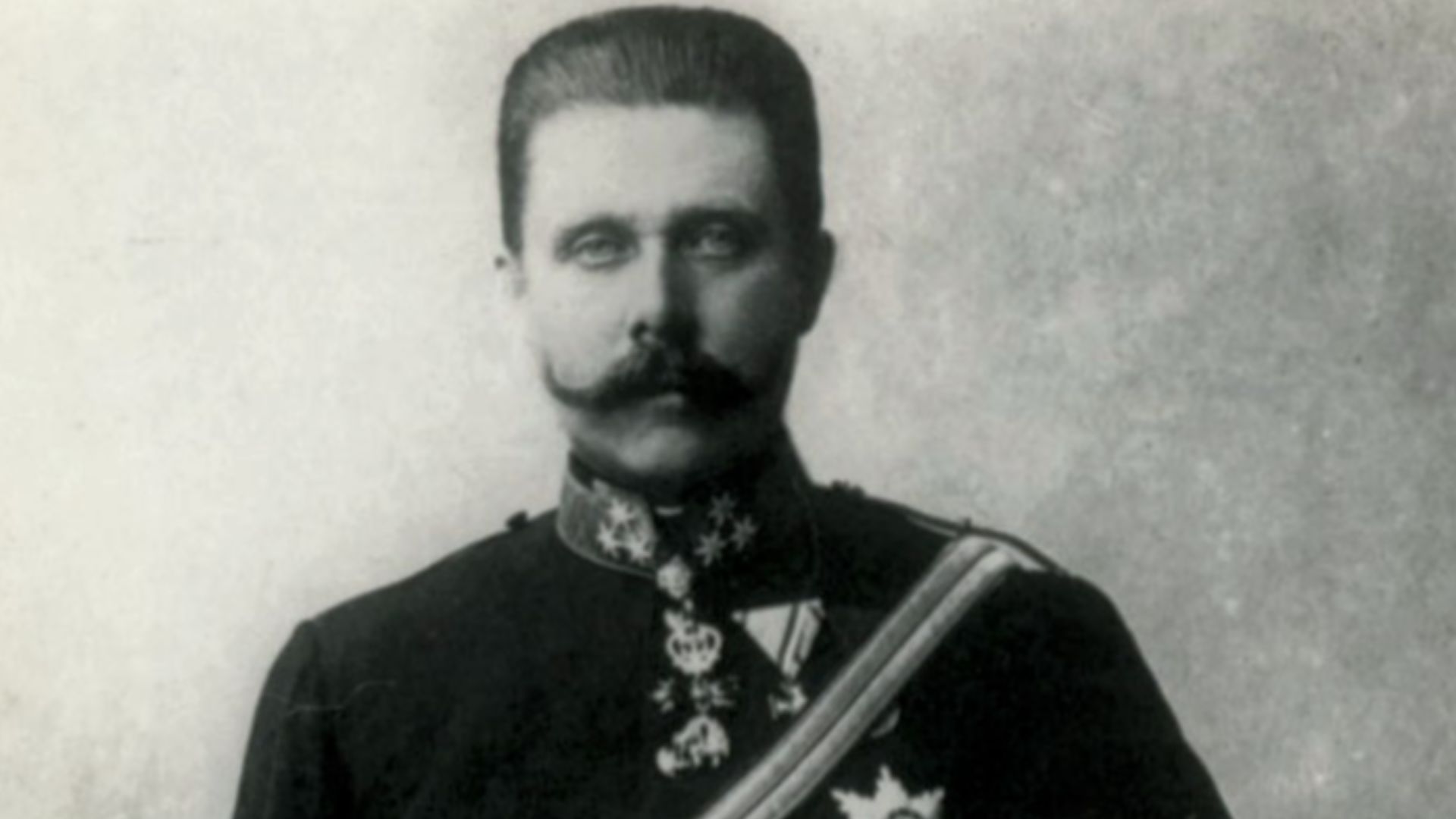 Carl Pietzner, Wikimedia Commons
Carl Pietzner, Wikimedia Commons
47. He Loved To Hunt
During the global travels of his youth, Franz Ferdinand took up trophy hunting with an unmatched fervor. Even by the standards of European nobility of the time, Franz’s fondness for the sport was...excessive. His astronomical numbers reflected this.
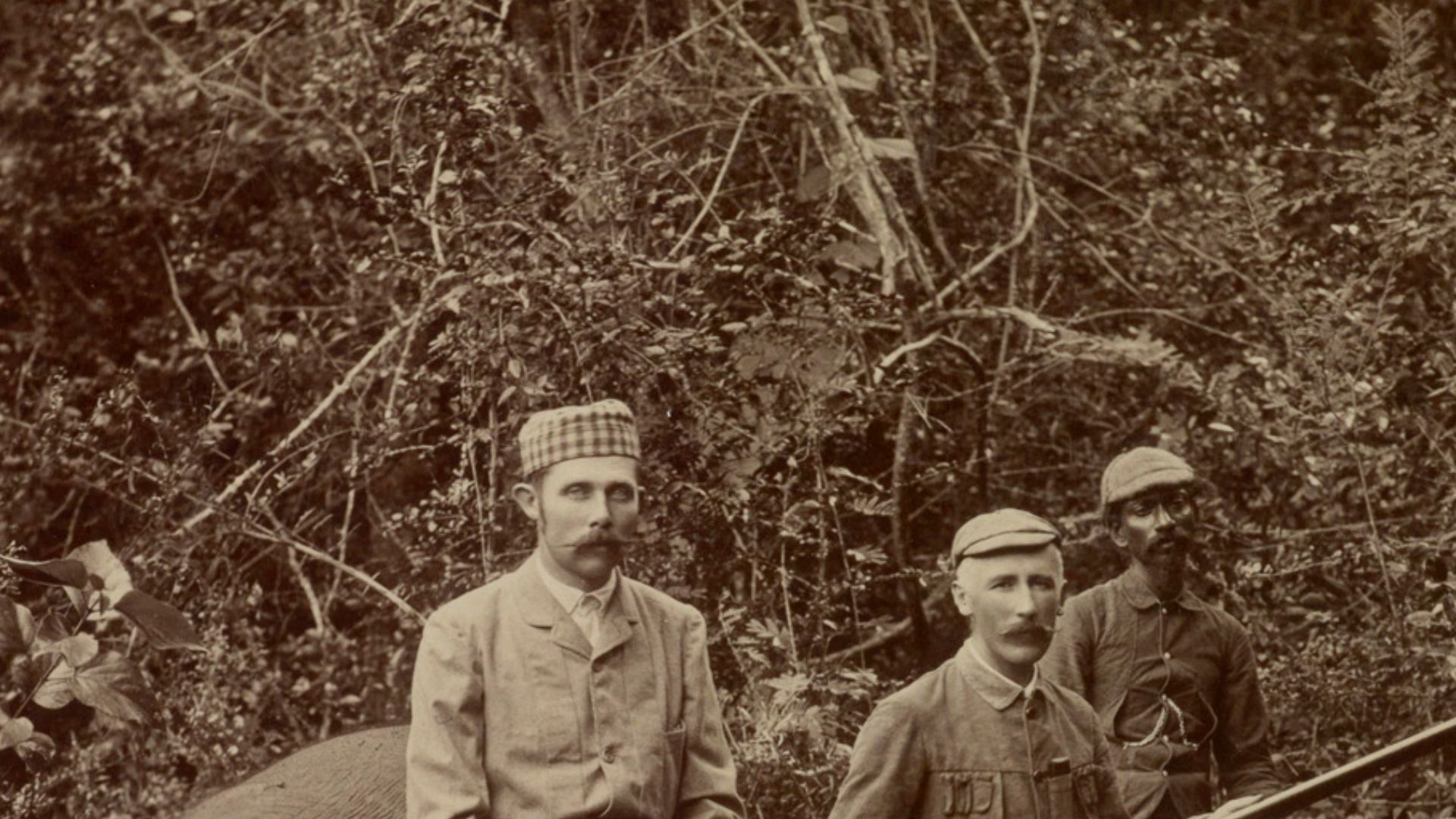 Carl Pietzner, Wikimedia Commons
Carl Pietzner, Wikimedia Commons
48. He Was A Prolific Killer
Franz kept track of all his successful hunting exploits, and his hit list reached an eye-watering figure. According to the Archduke’s own records, he recorded 272,511 confirmed game kills. Around 5,000 of these were deer. And he displayed his conquests proudly.
![Archduke Franz Ferdinand in admiral's uniform AUSTRIA - JANUARY 01: Archduke Franz Ferdinand (1863-1914) in admiral's uniform. Around 1910. (Photo by Imagno/Getty Images) [Erzherzog Franz Ferdinand (1863-1914) in seiner Admiralsuniform. Um 1910]](https://www.factinate.com/storage/app/media/factinate/2025/4/28/17.jpg) brandstaetter images, Getty Images
brandstaetter images, Getty Images
49. He Decorated With His Wins
The Archduke kept his trophies on display for anyone that had the honor of visiting his cluttered estate. In his castle, he exhibited around 100,000 animals he had slayed. These ranged from wall-mounted deer antlers to truly ghastly pieces such as the foot of an elephant used as a wastepaper basket. He combined these grim trophies with his other passion.
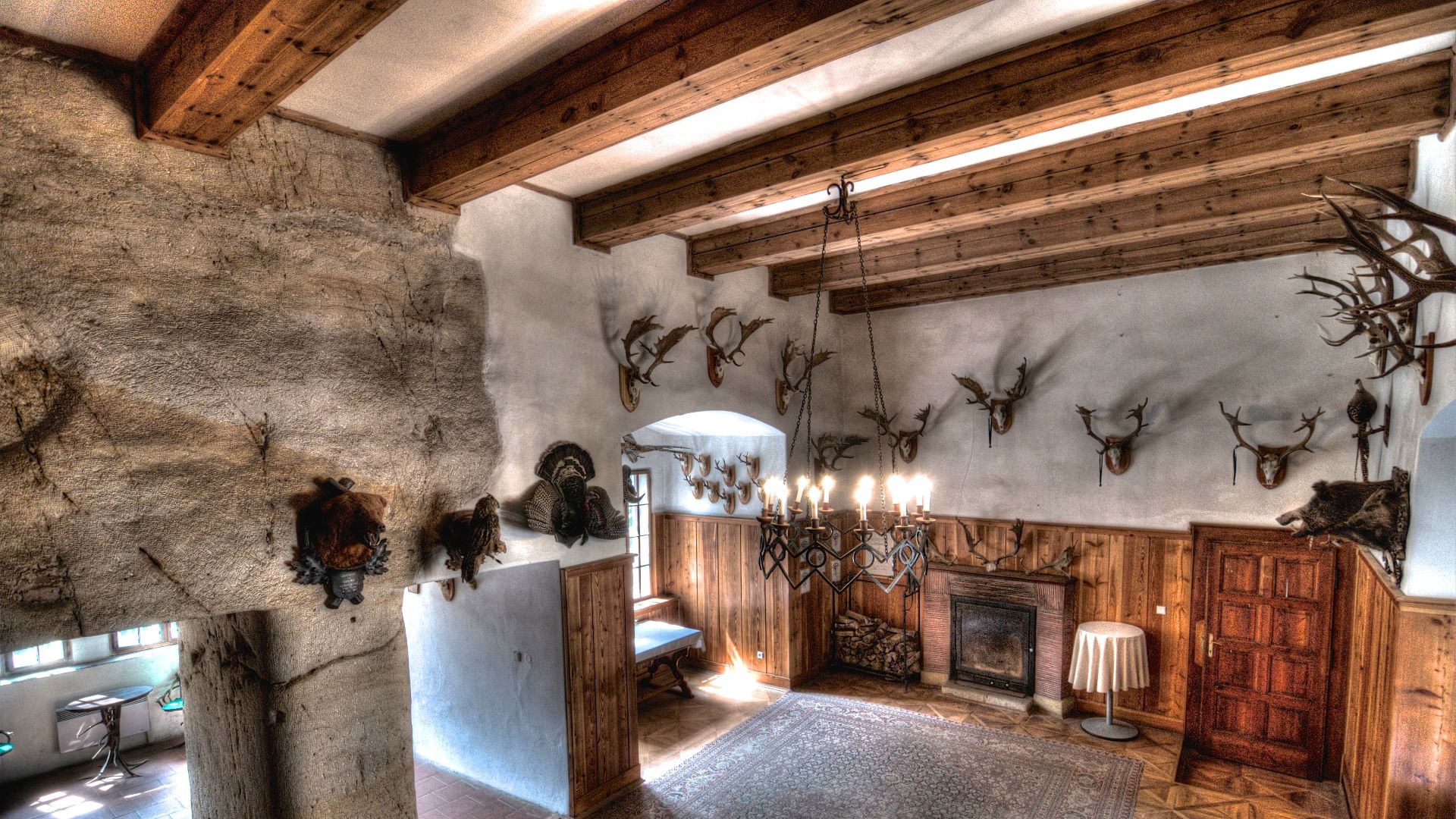 Lukáš Kalista, Wikimedia Commons
Lukáš Kalista, Wikimedia Commons
50. He Crossed Hobbies
Franz had another passion which his travels allowed him to explore: the collecting of antiquities. He even found an odd way to combine his two hobbies: some of the hunting trophies on display in his castle were stuffed with antiquities that he had acquired.
This grim display of wealth and mastery of nature was in line with the man’s personality.
 Topical Press Agency, Getty Images
Topical Press Agency, Getty Images
You May Also Like:
This Castaway Survived 133 Days In The South Atlantic
The Truth About The Sundance Kid’s Legendary Demise

